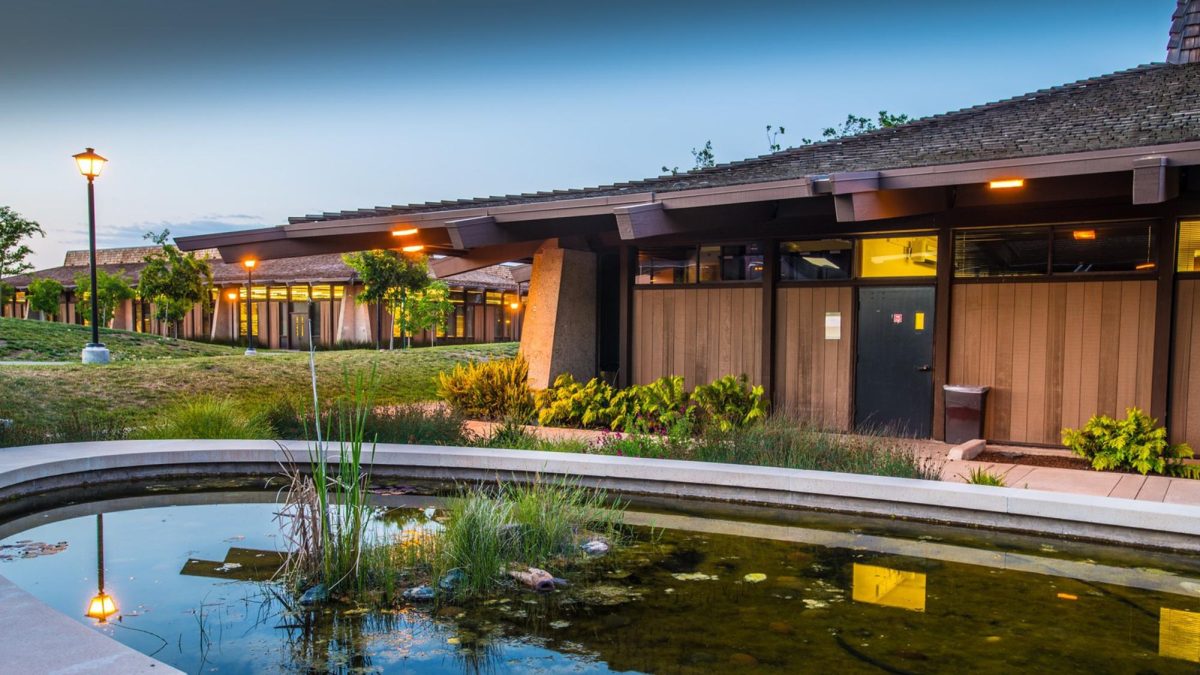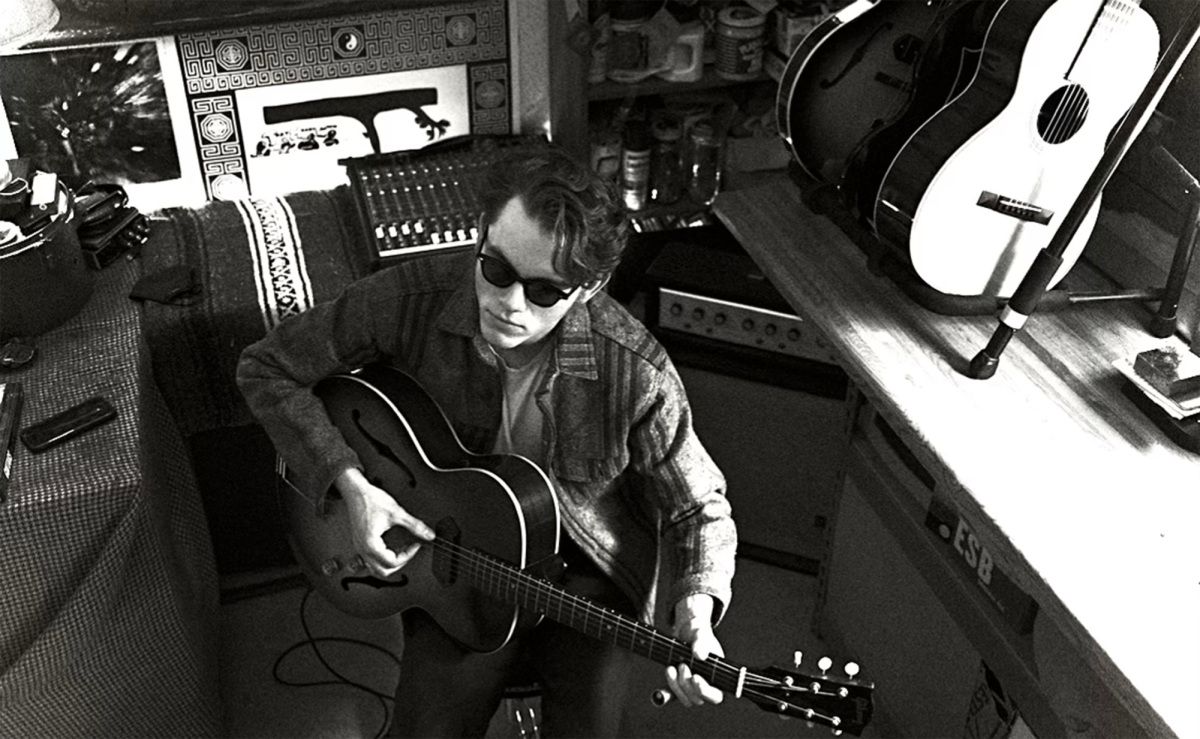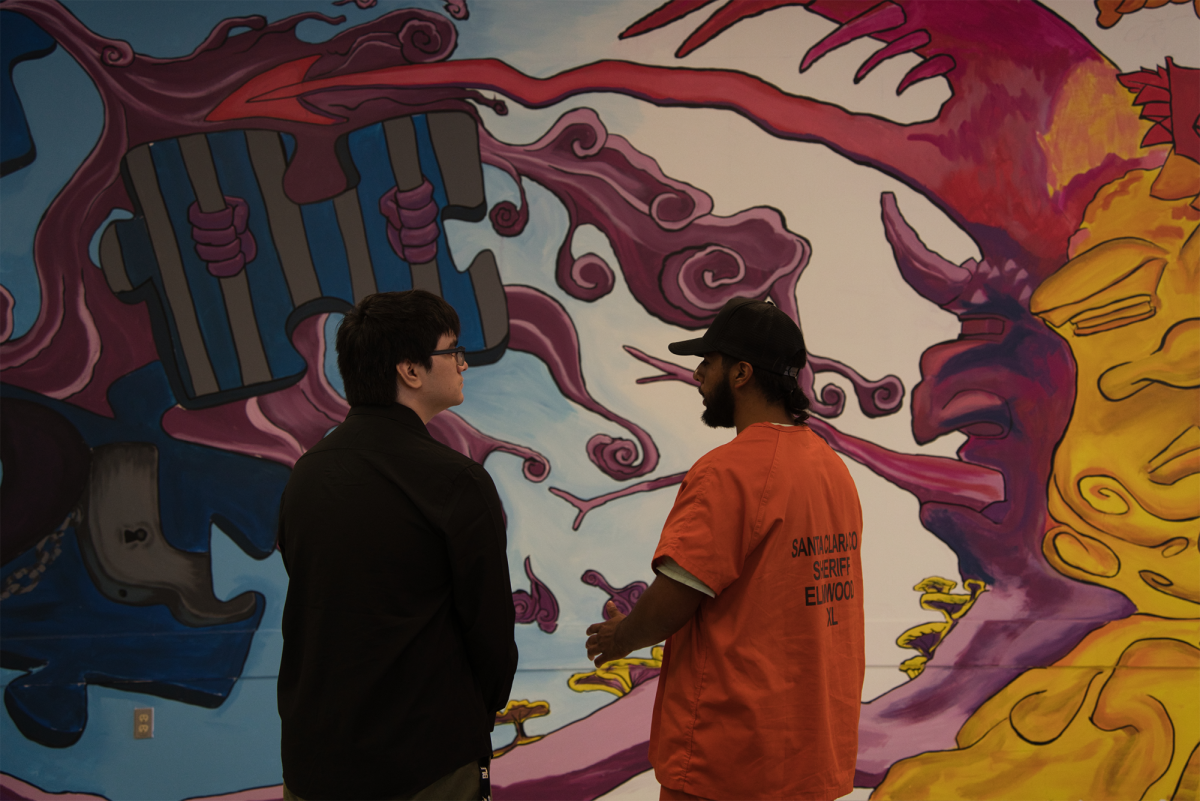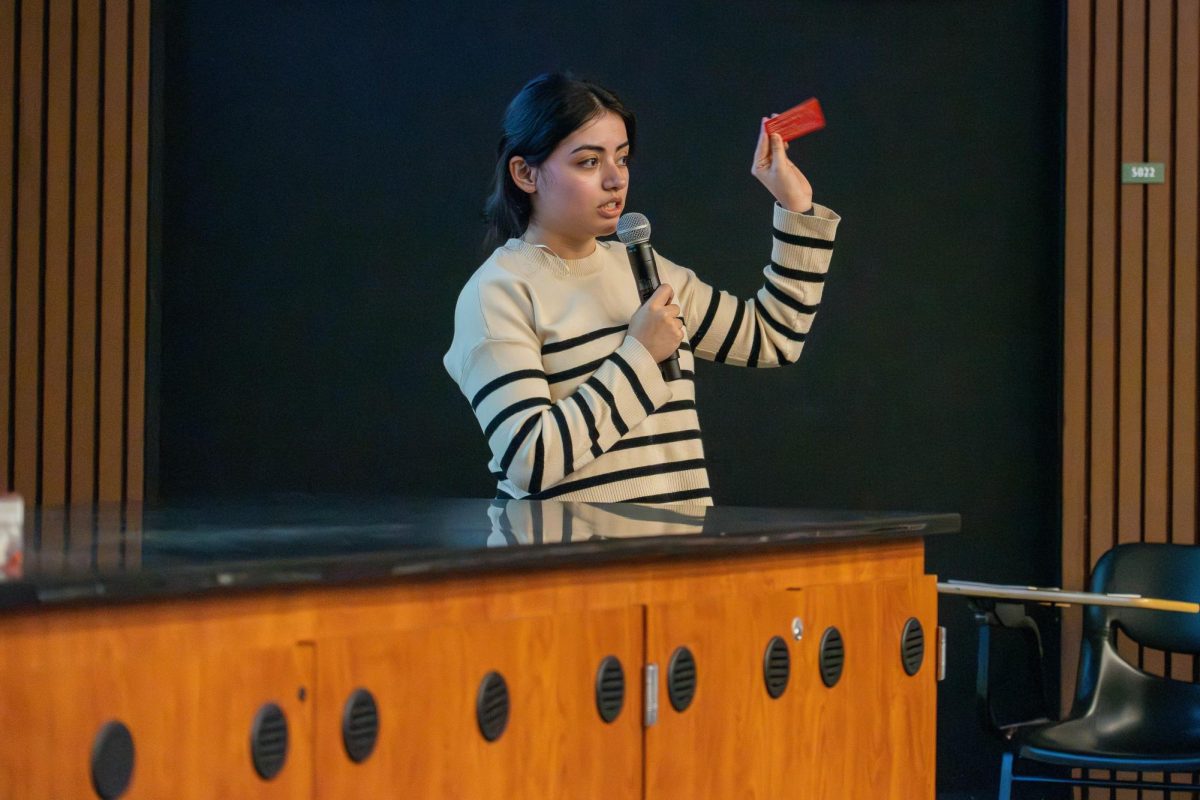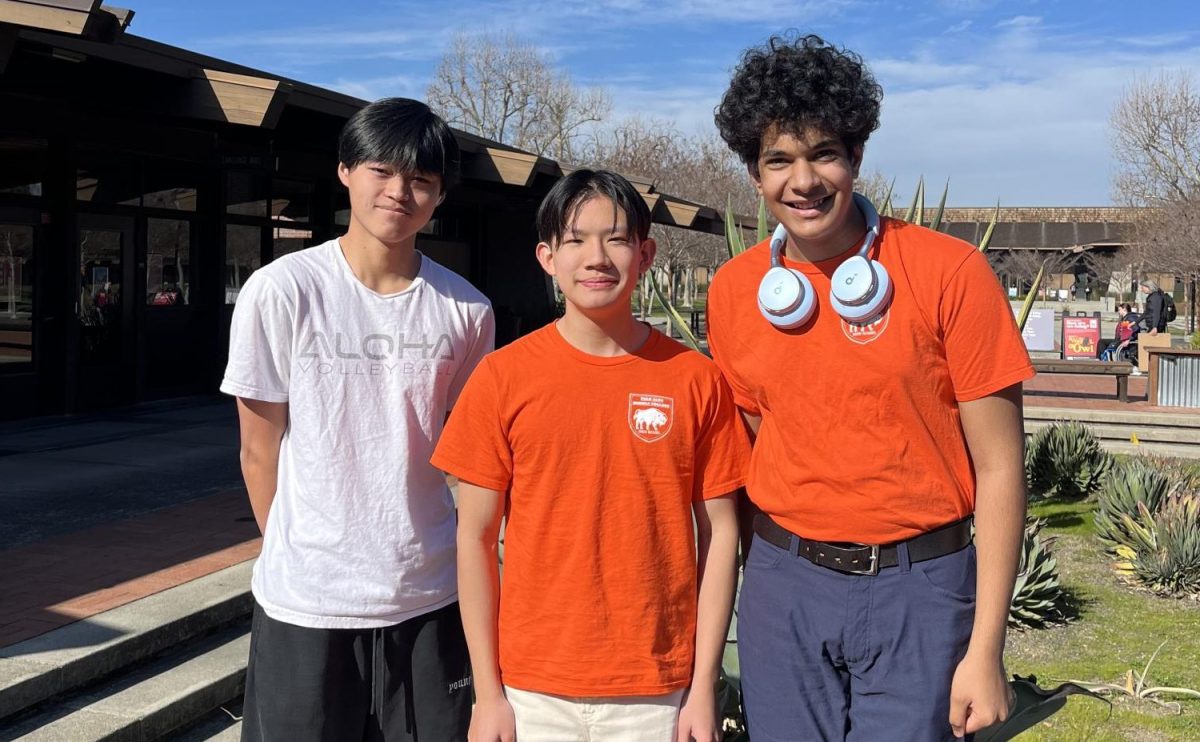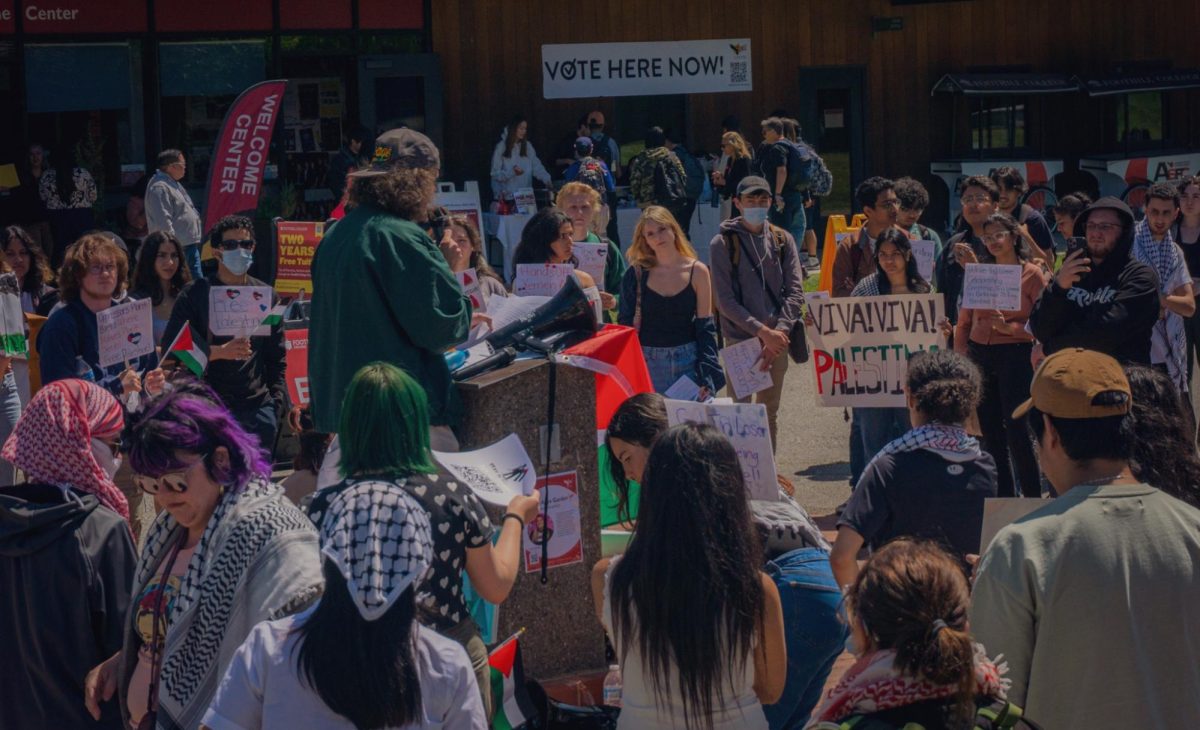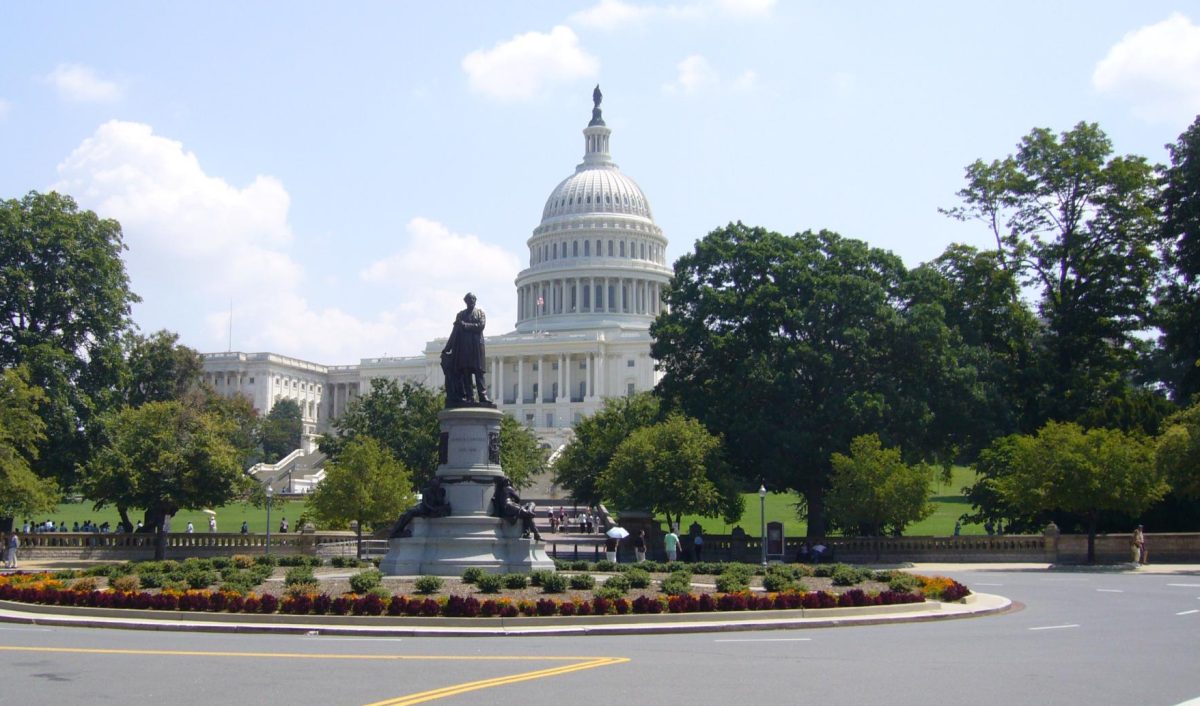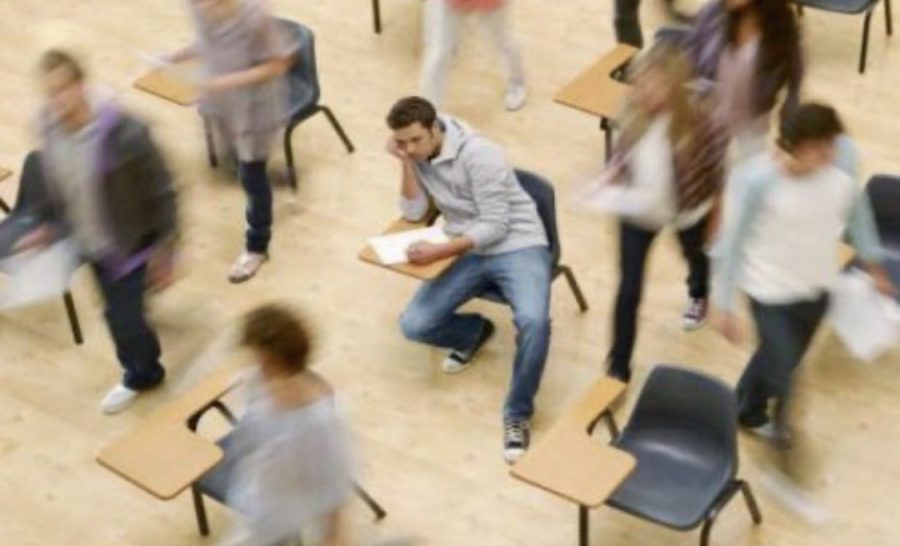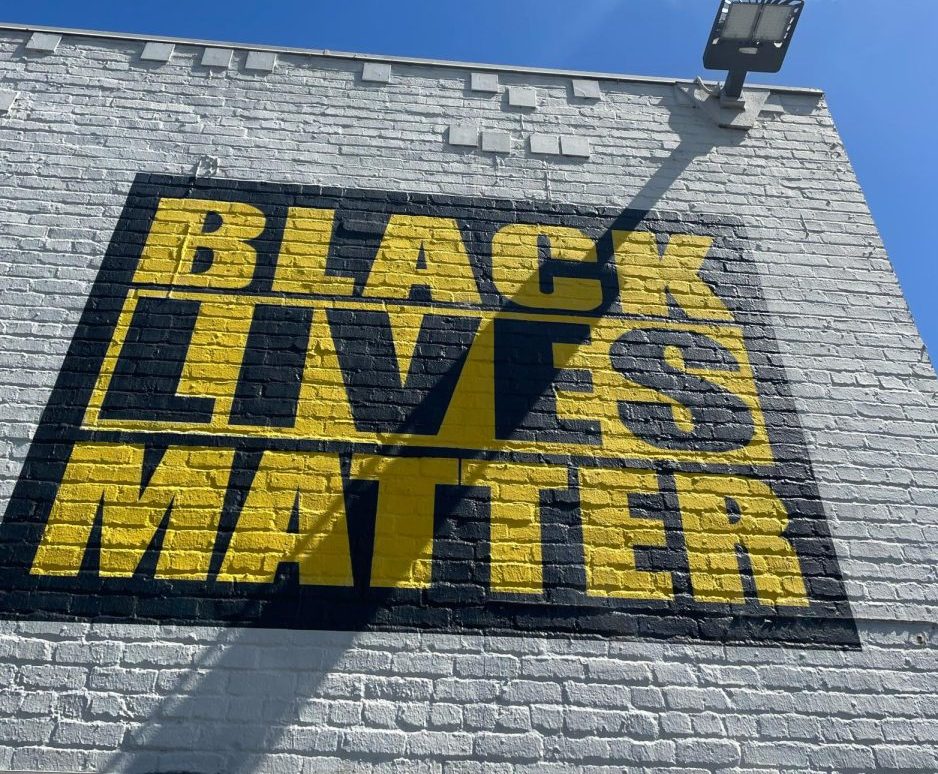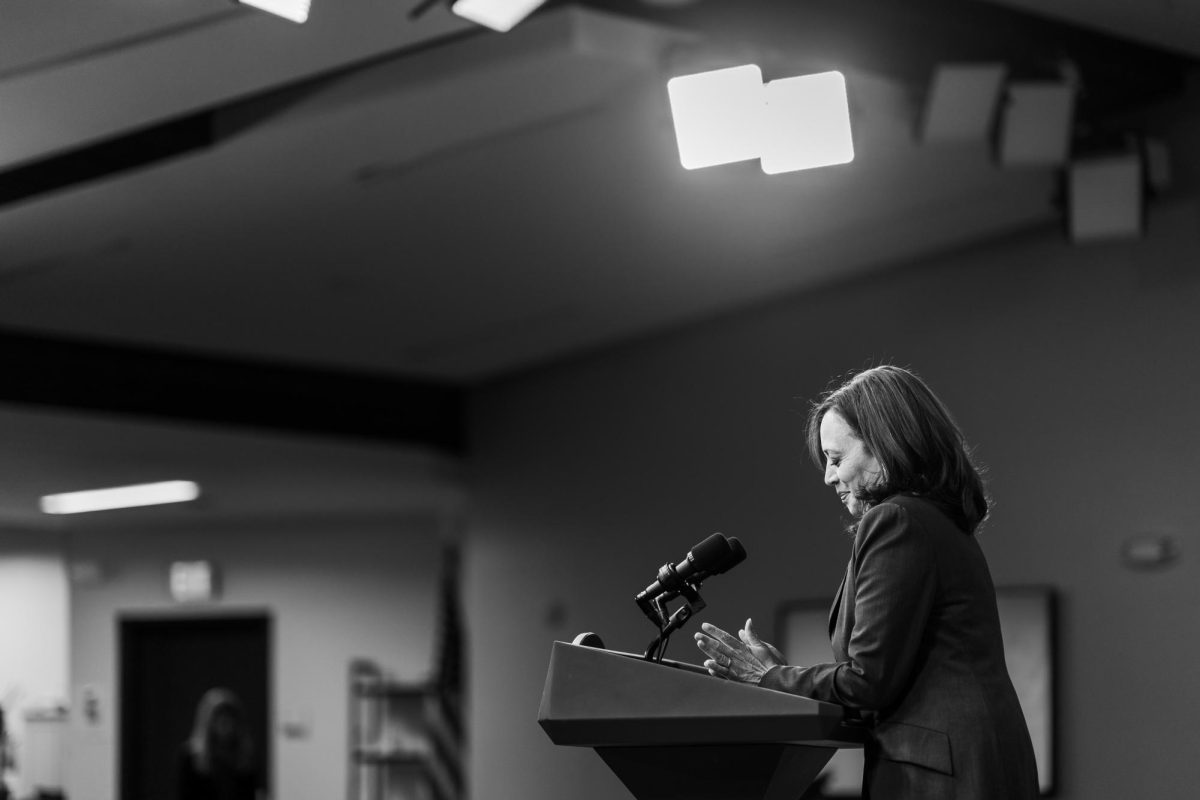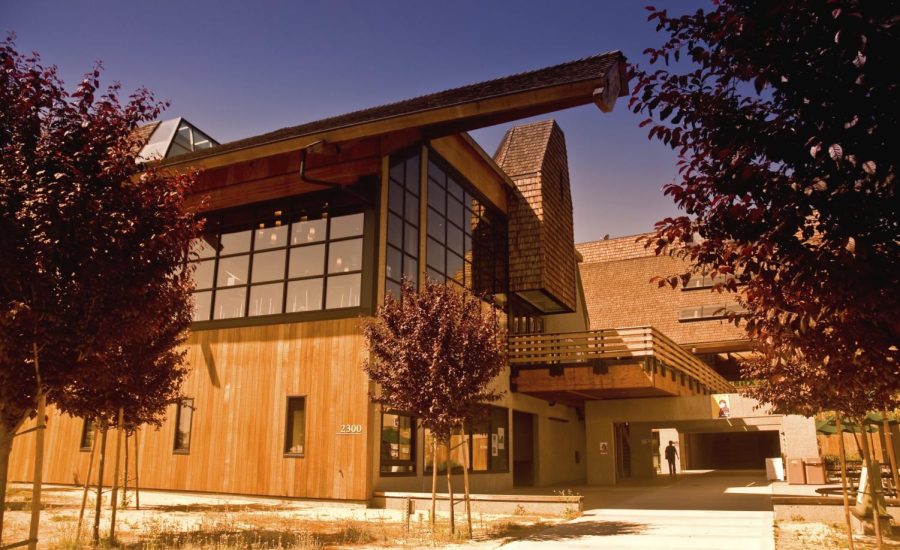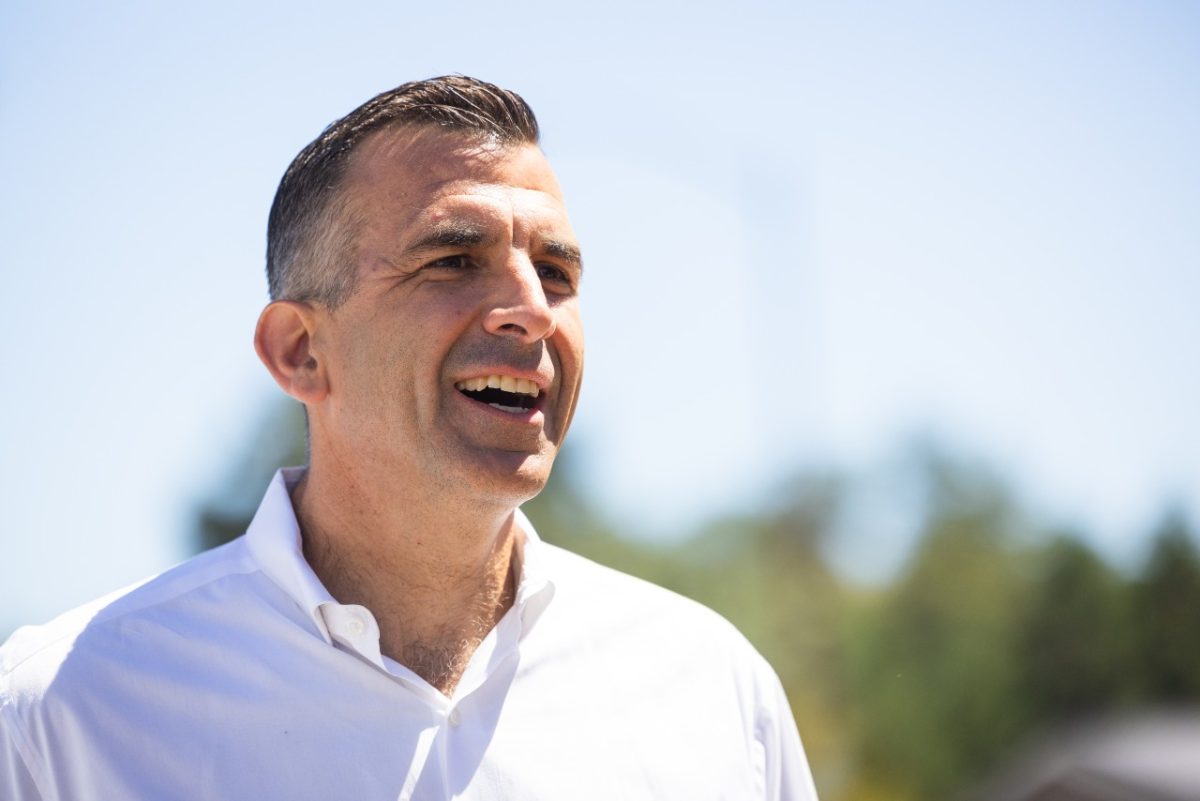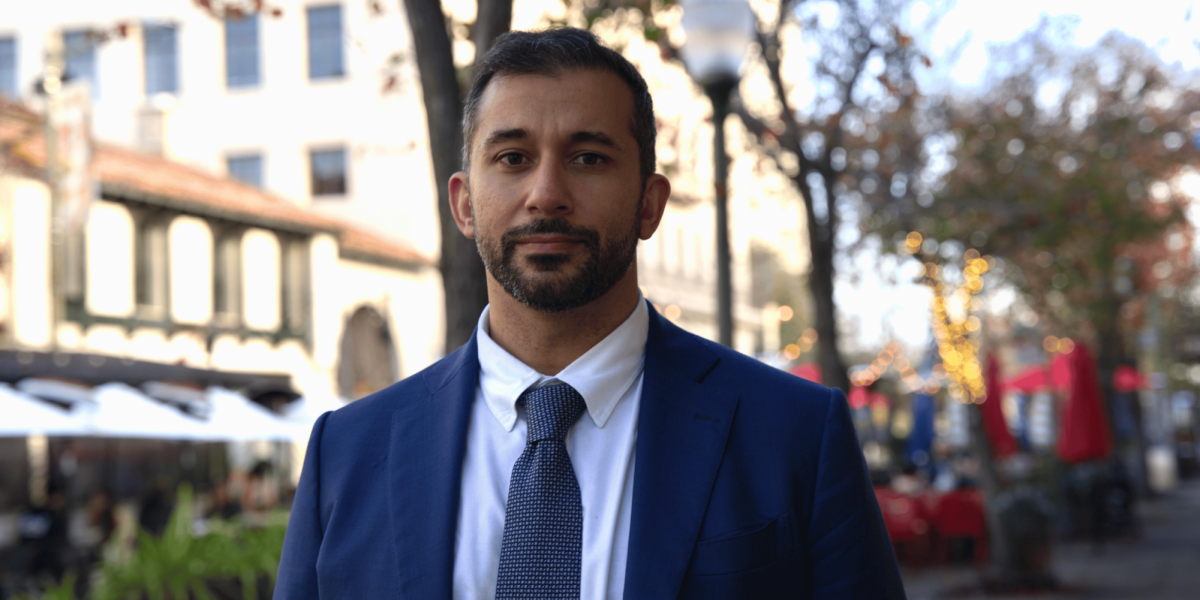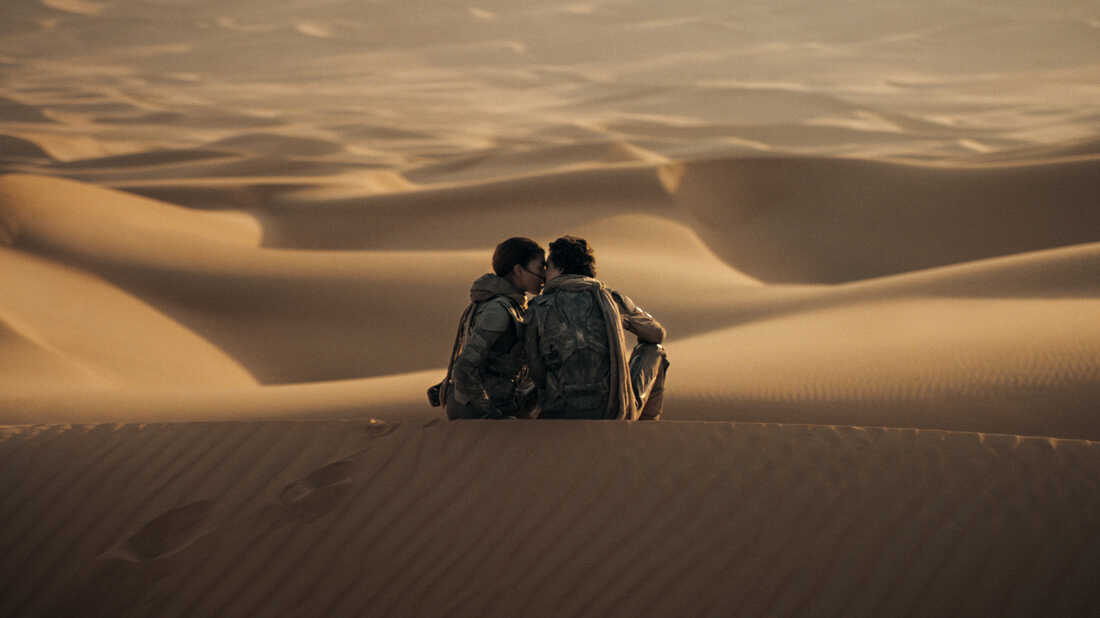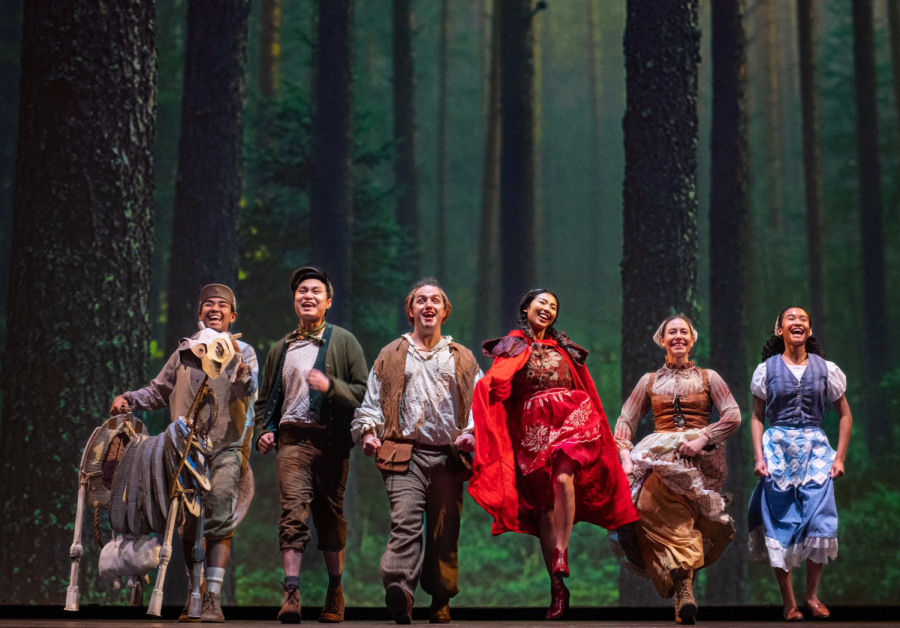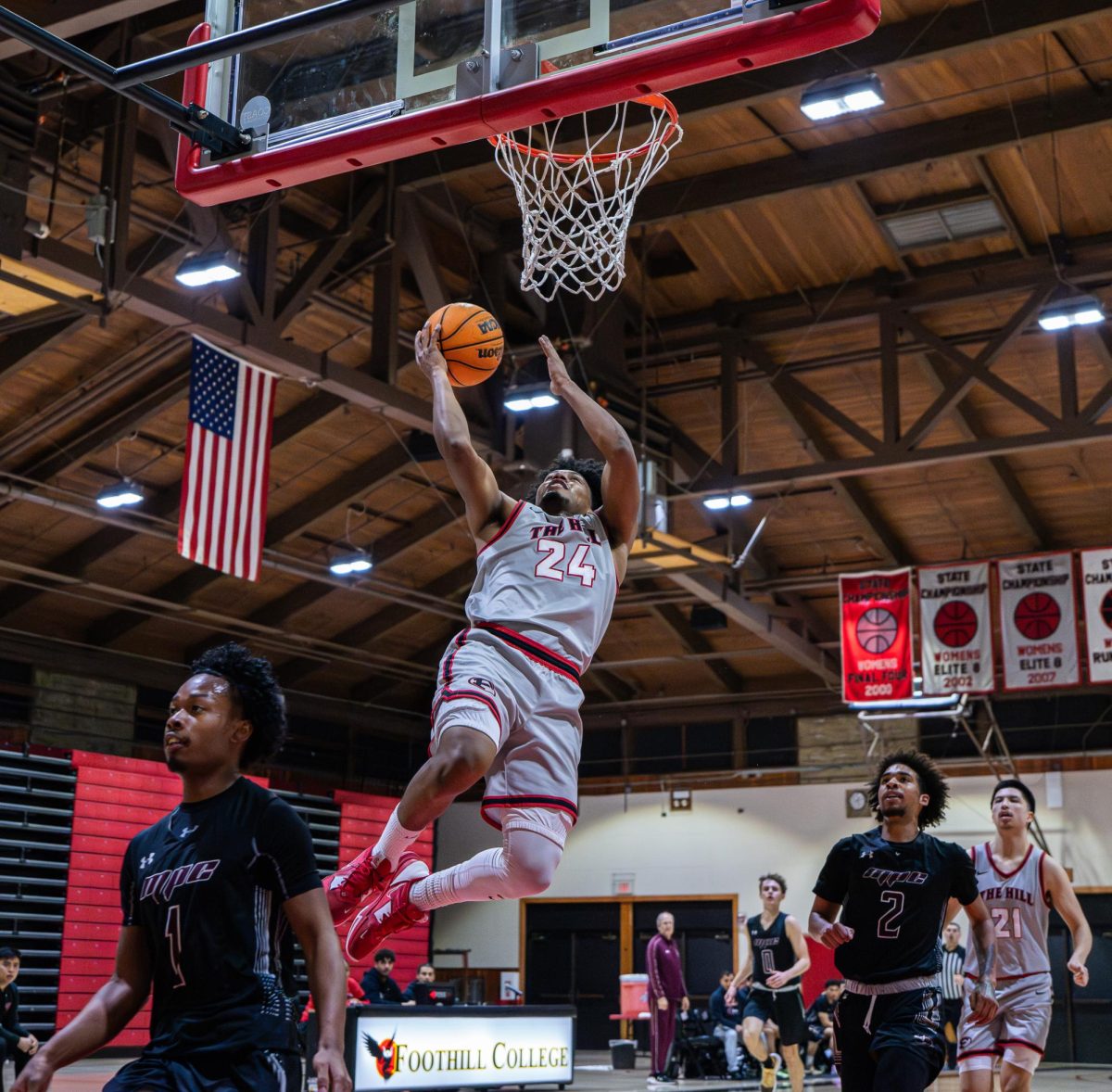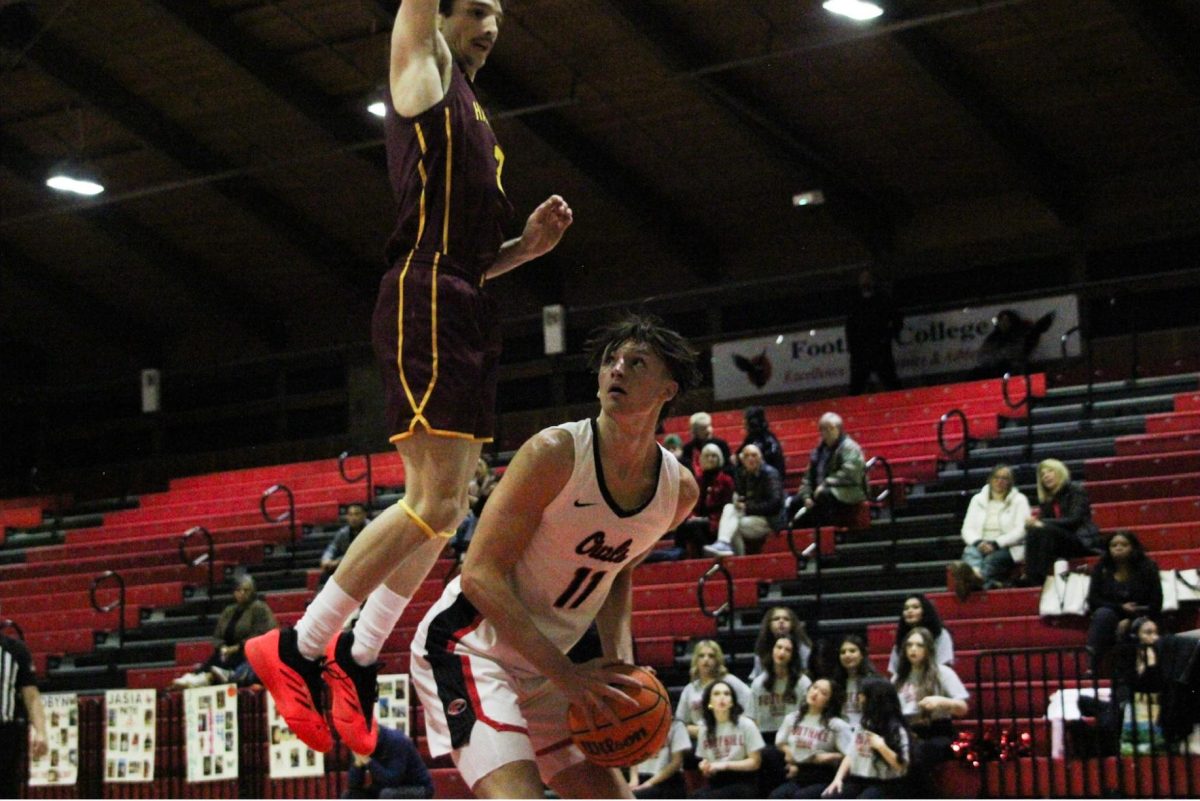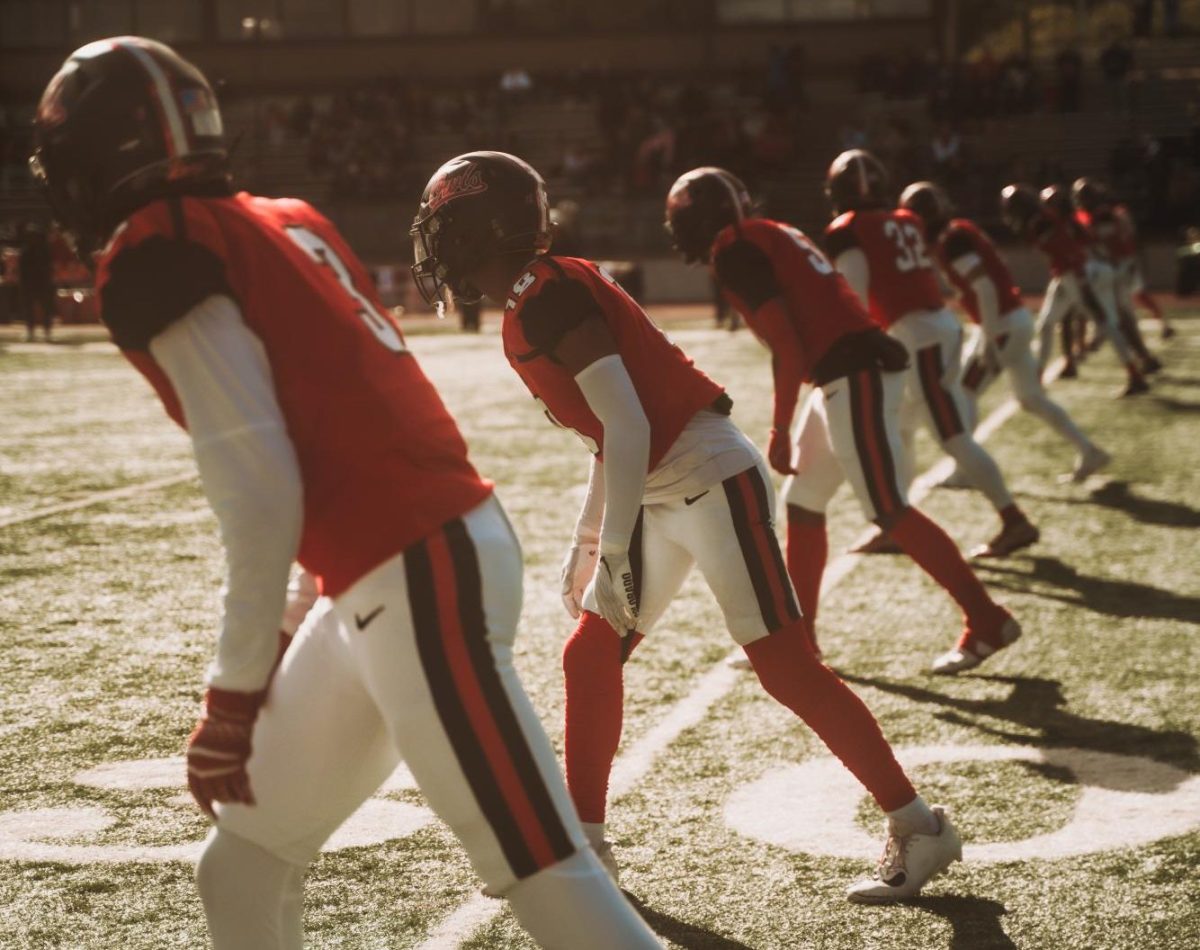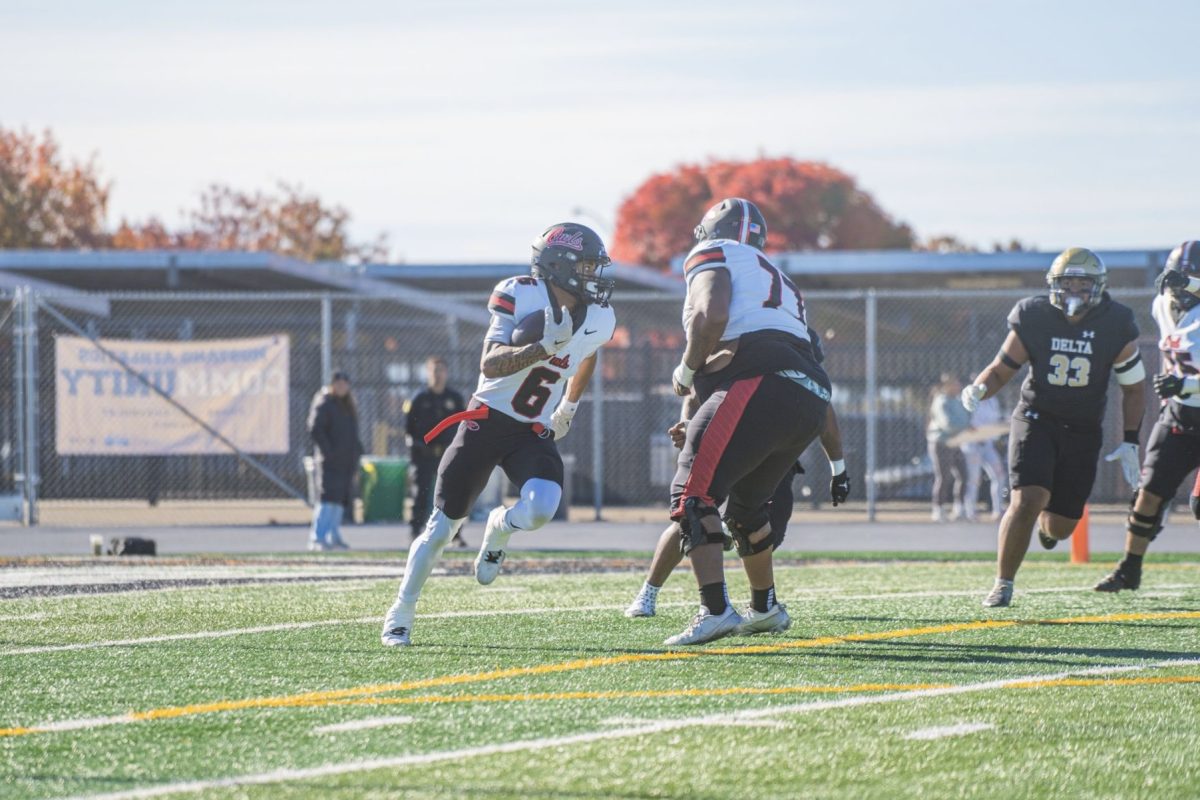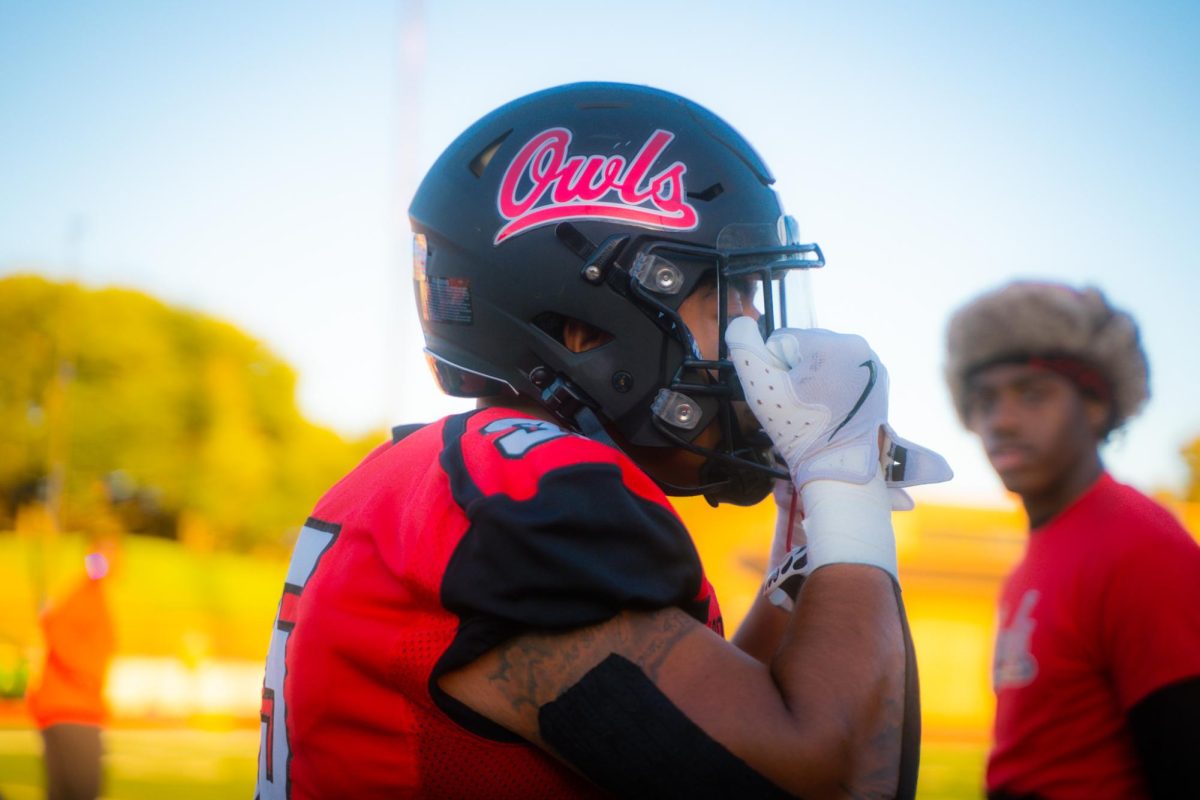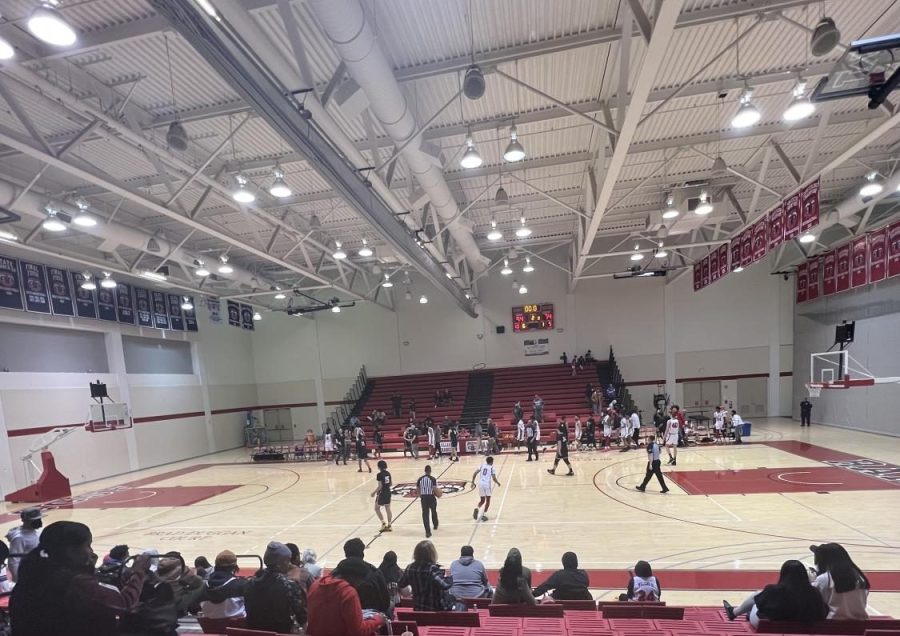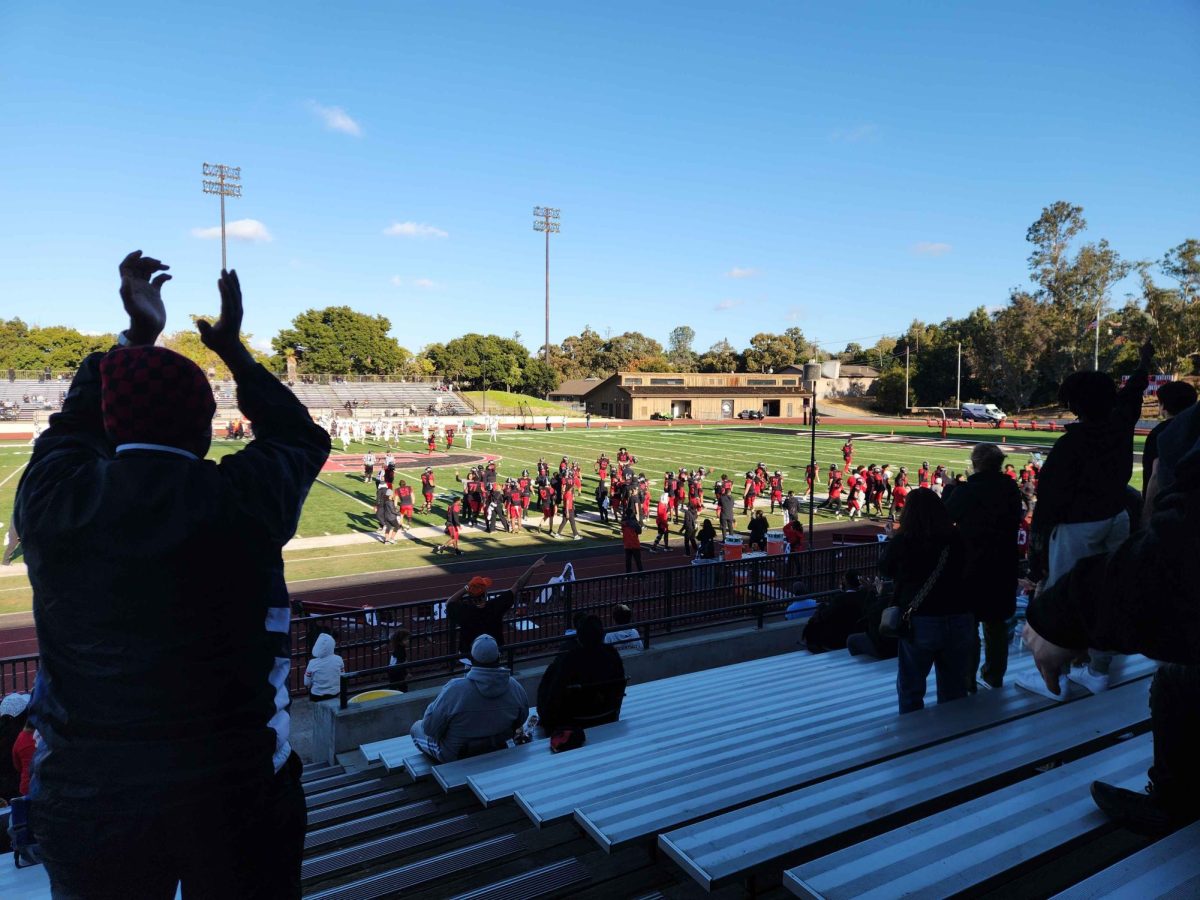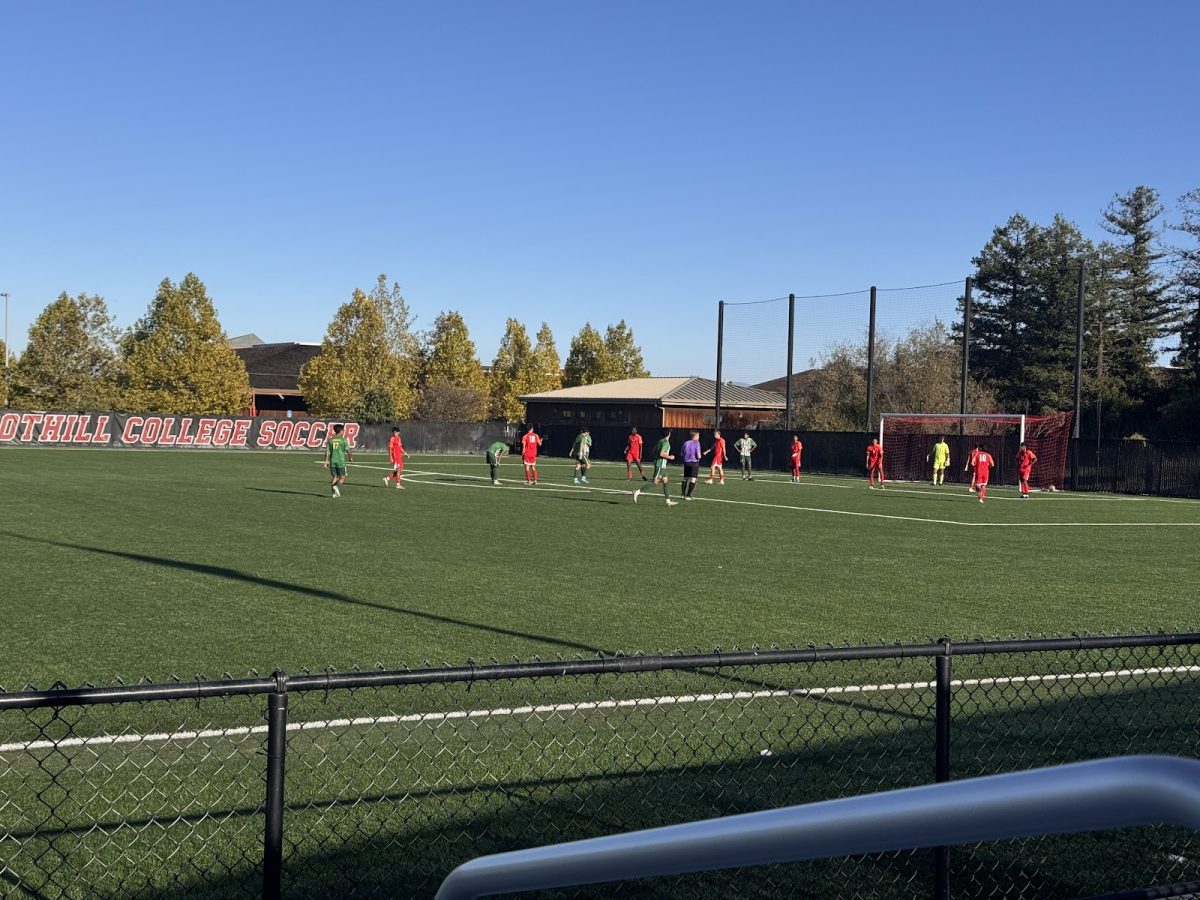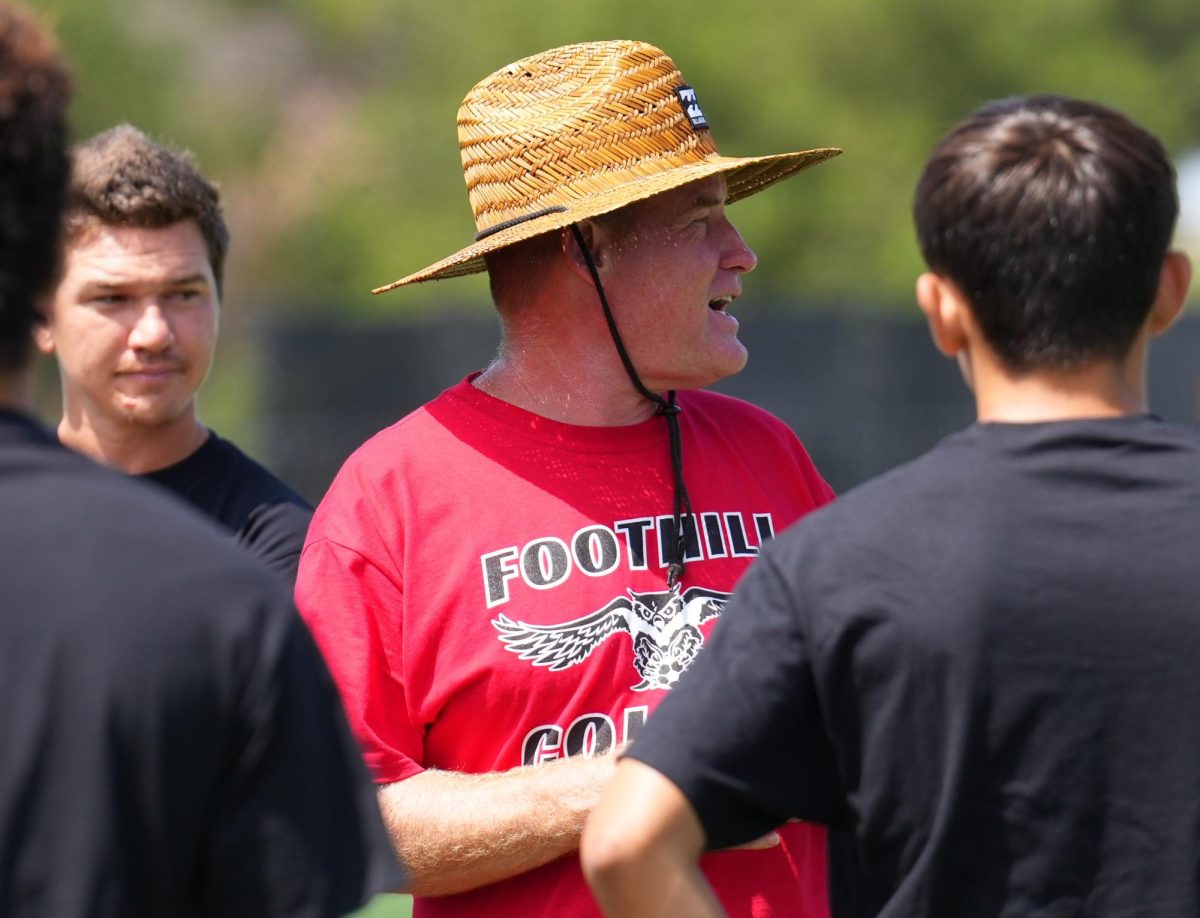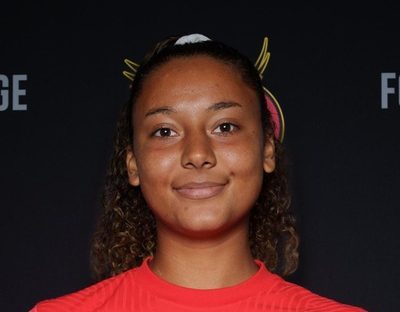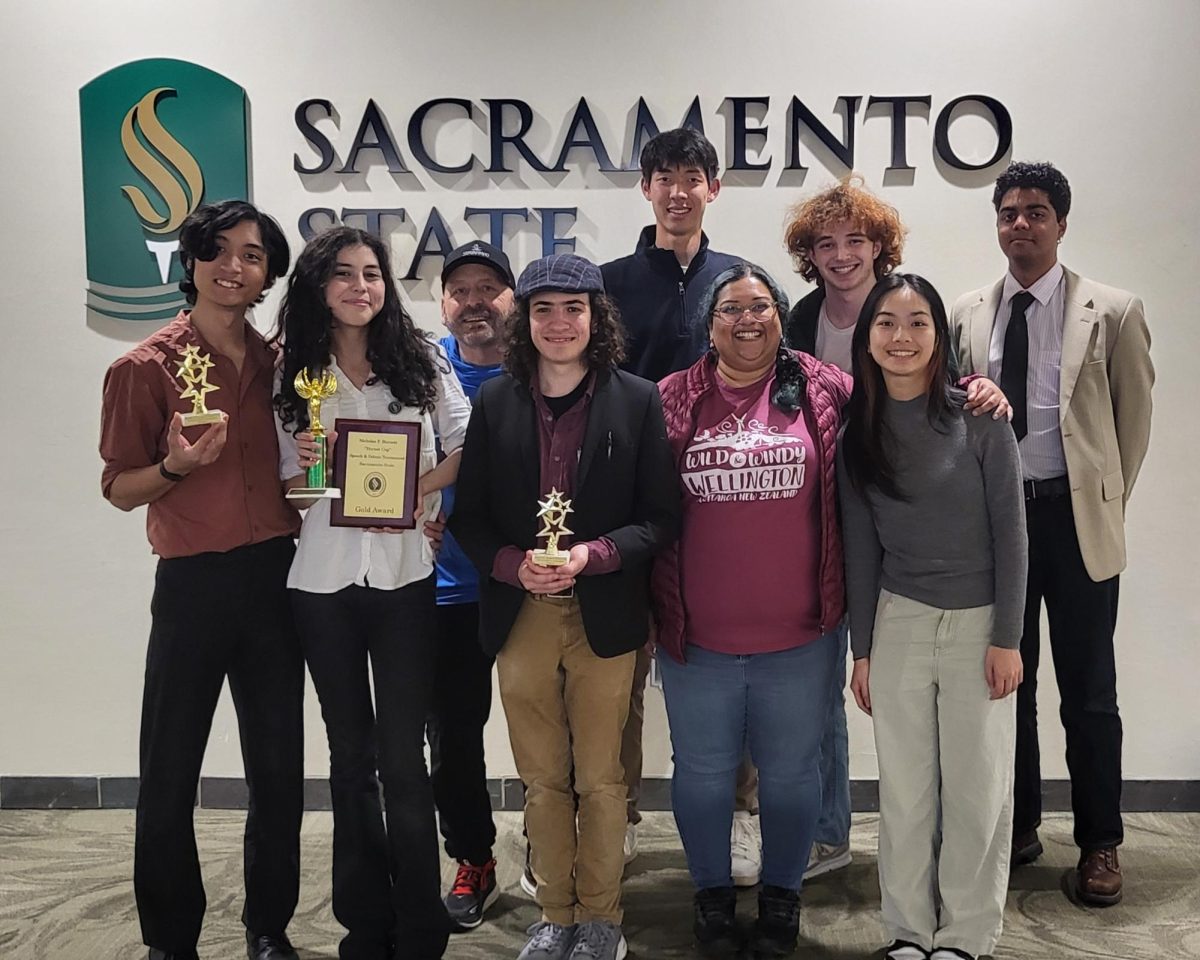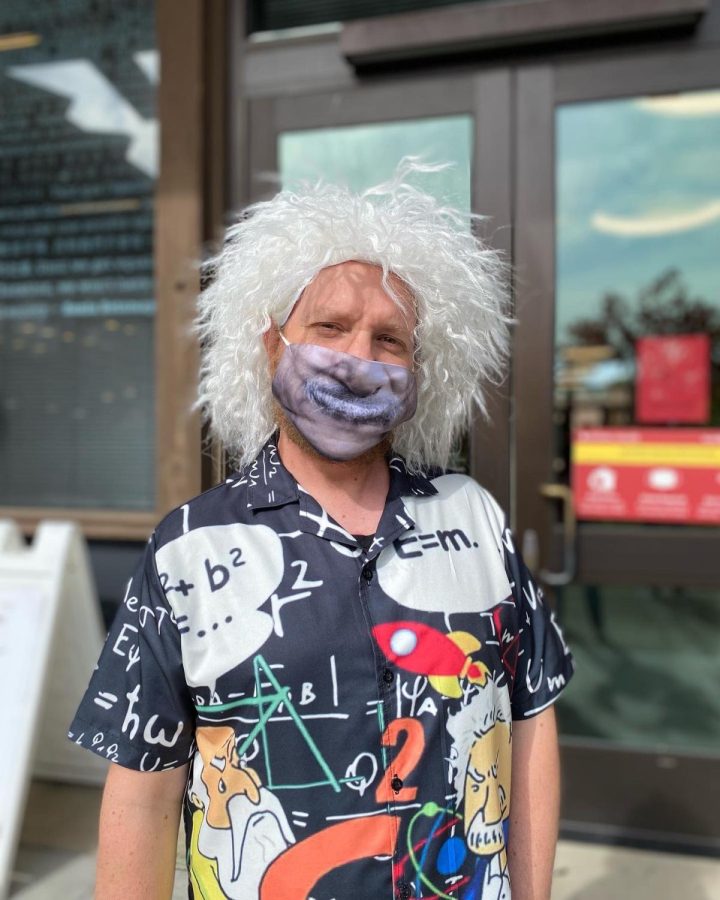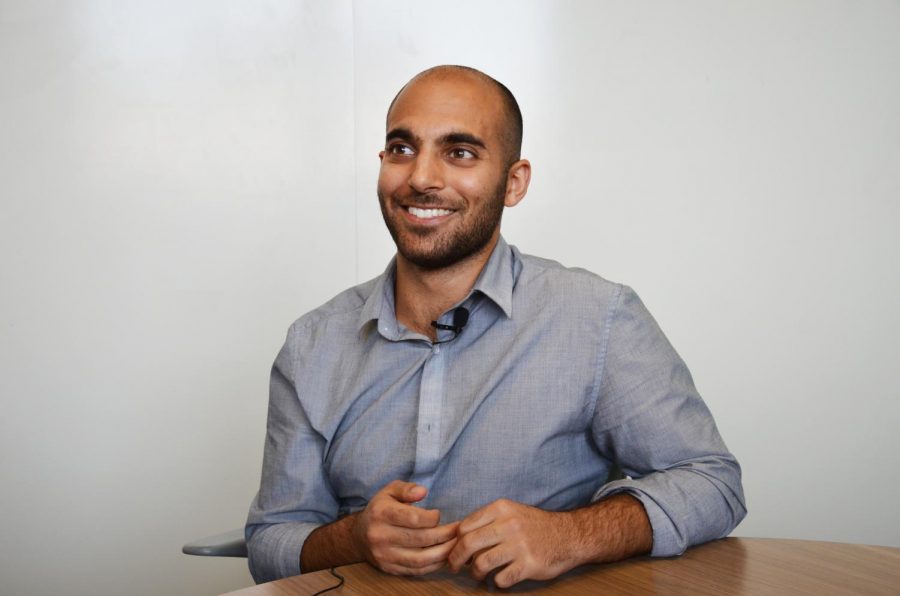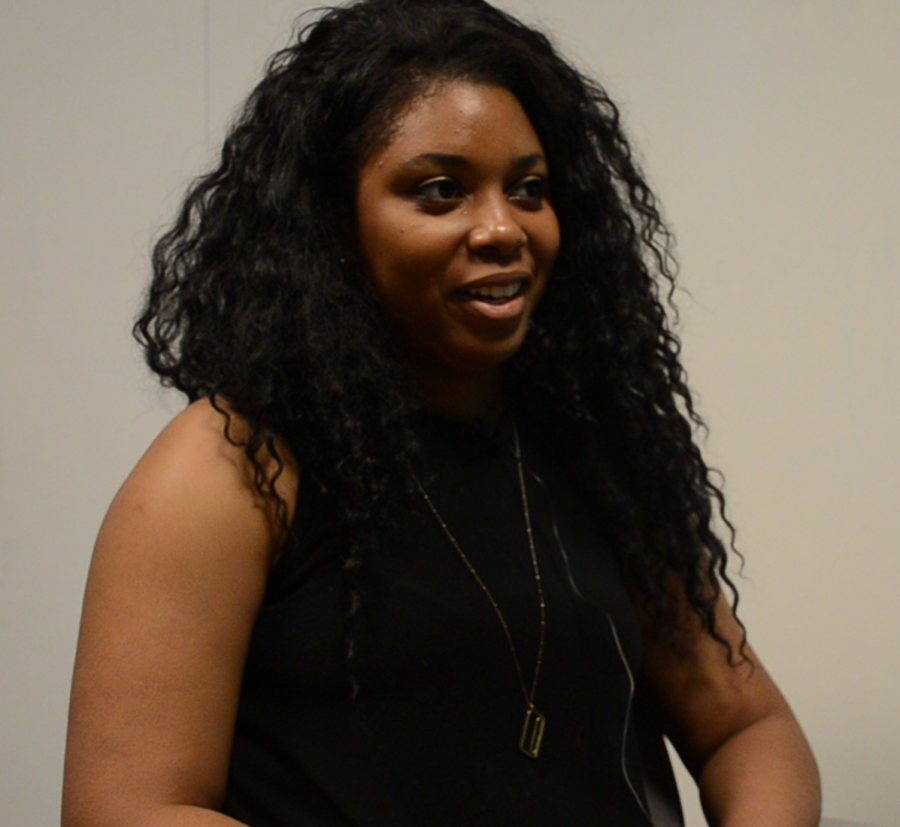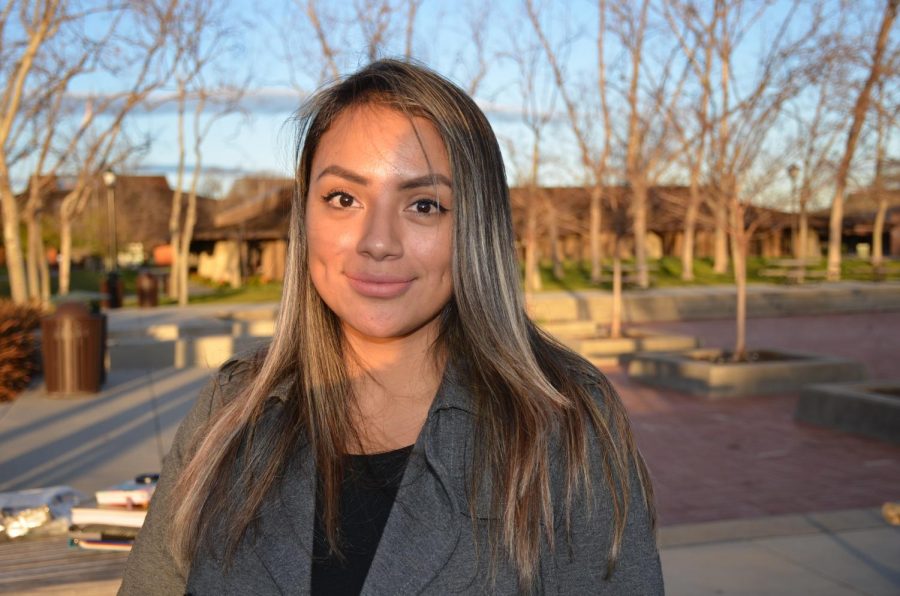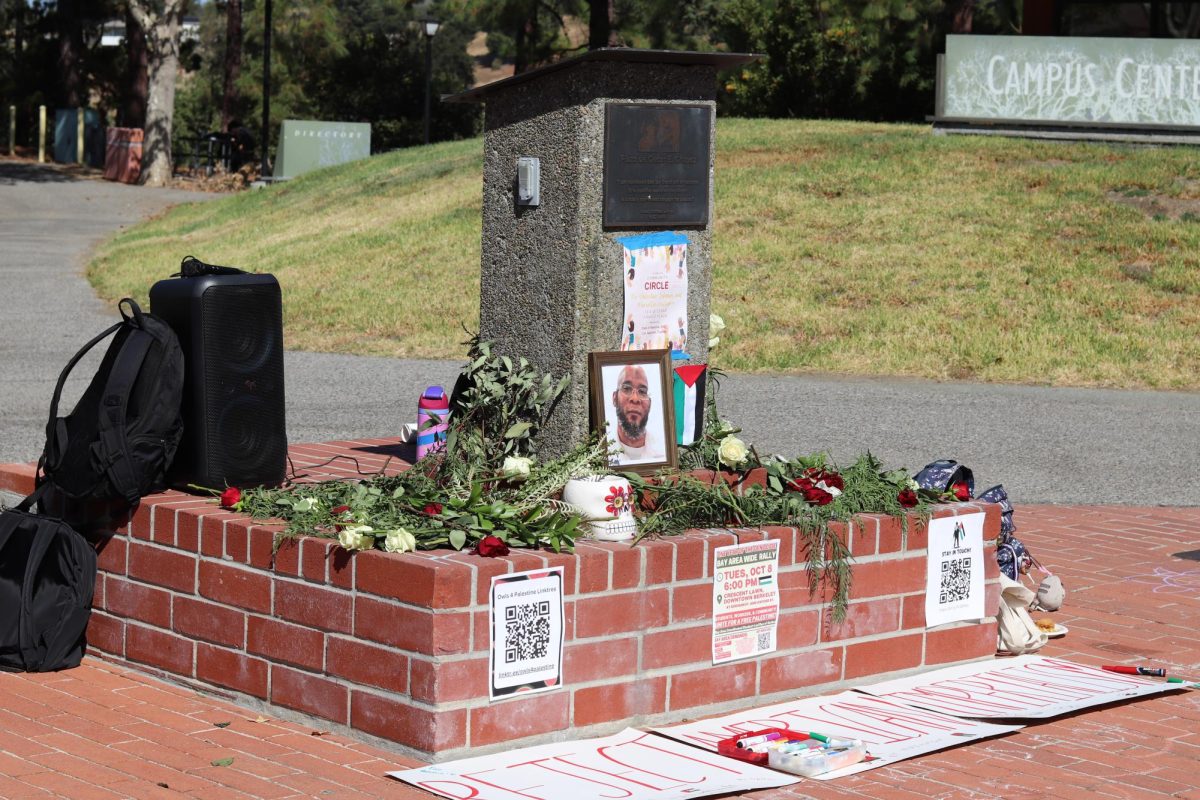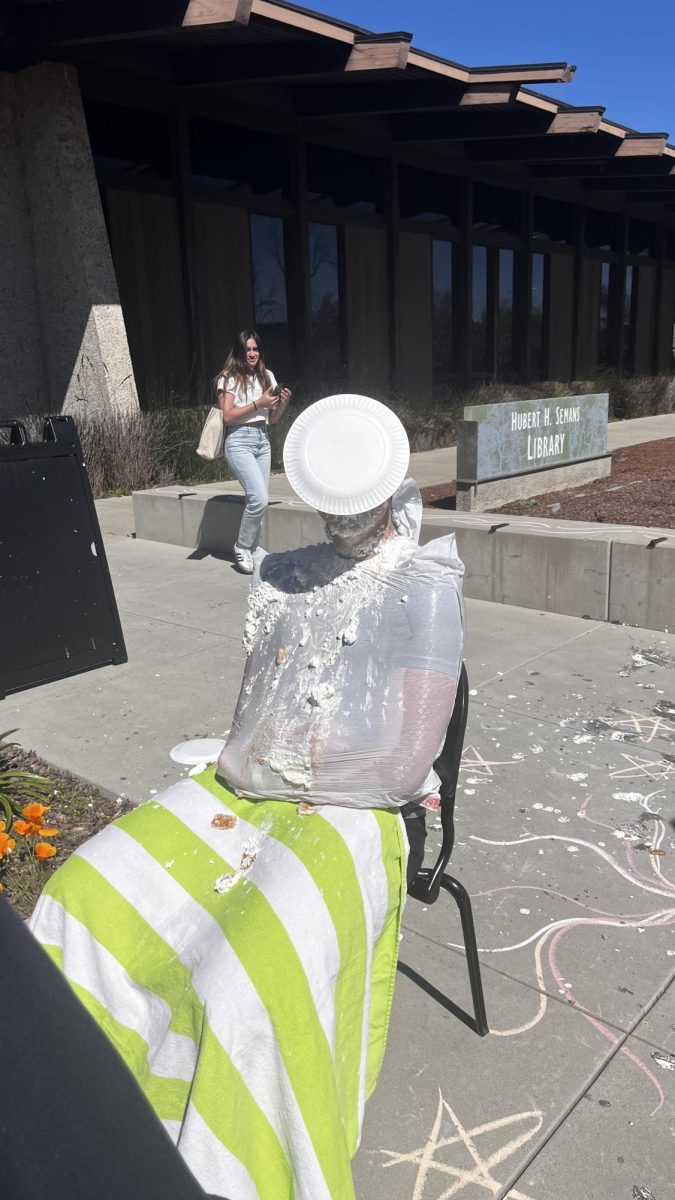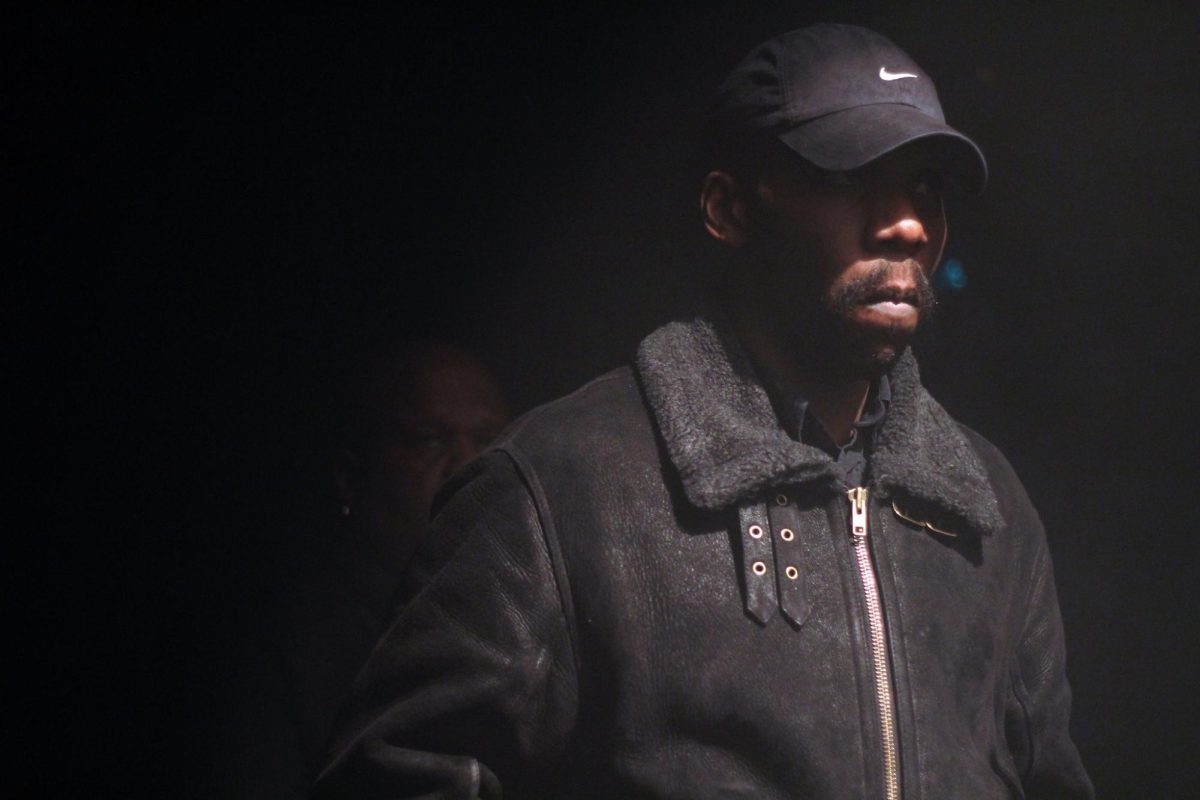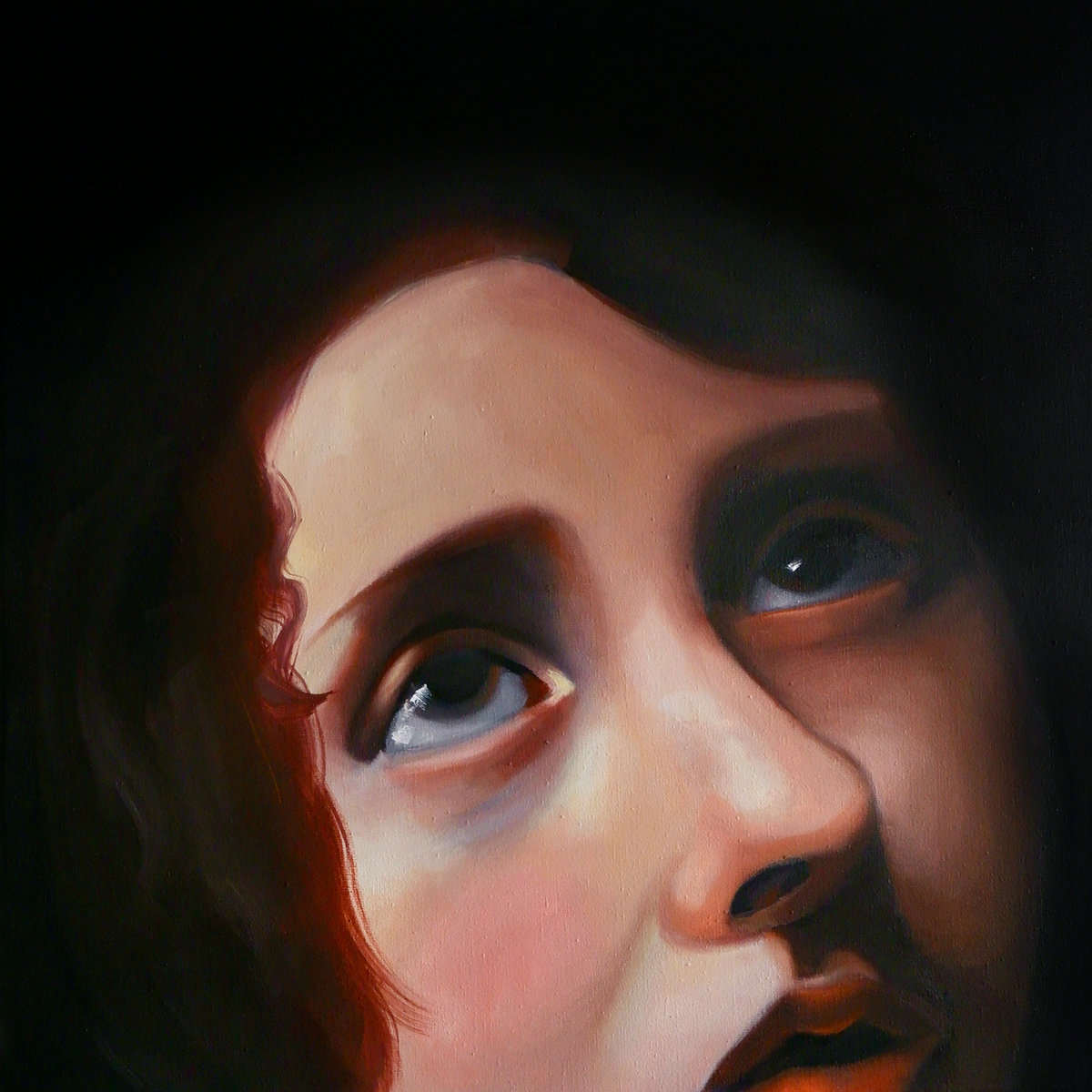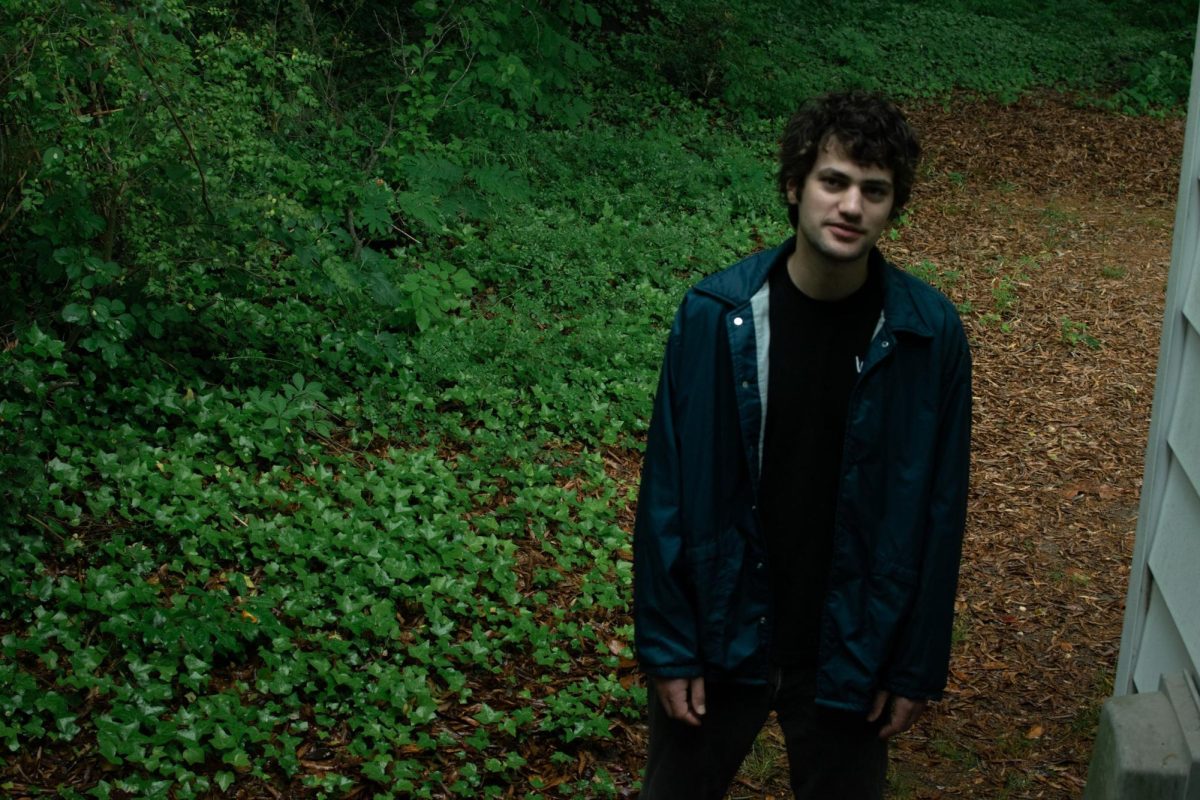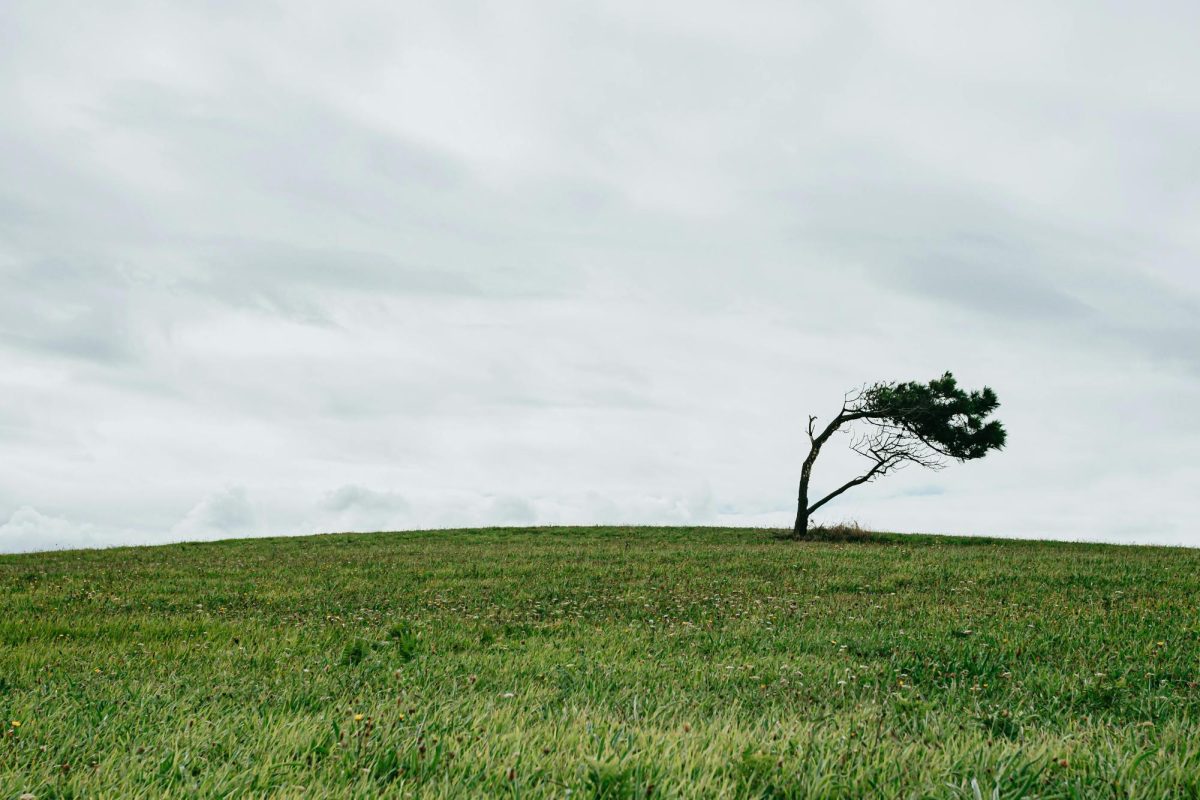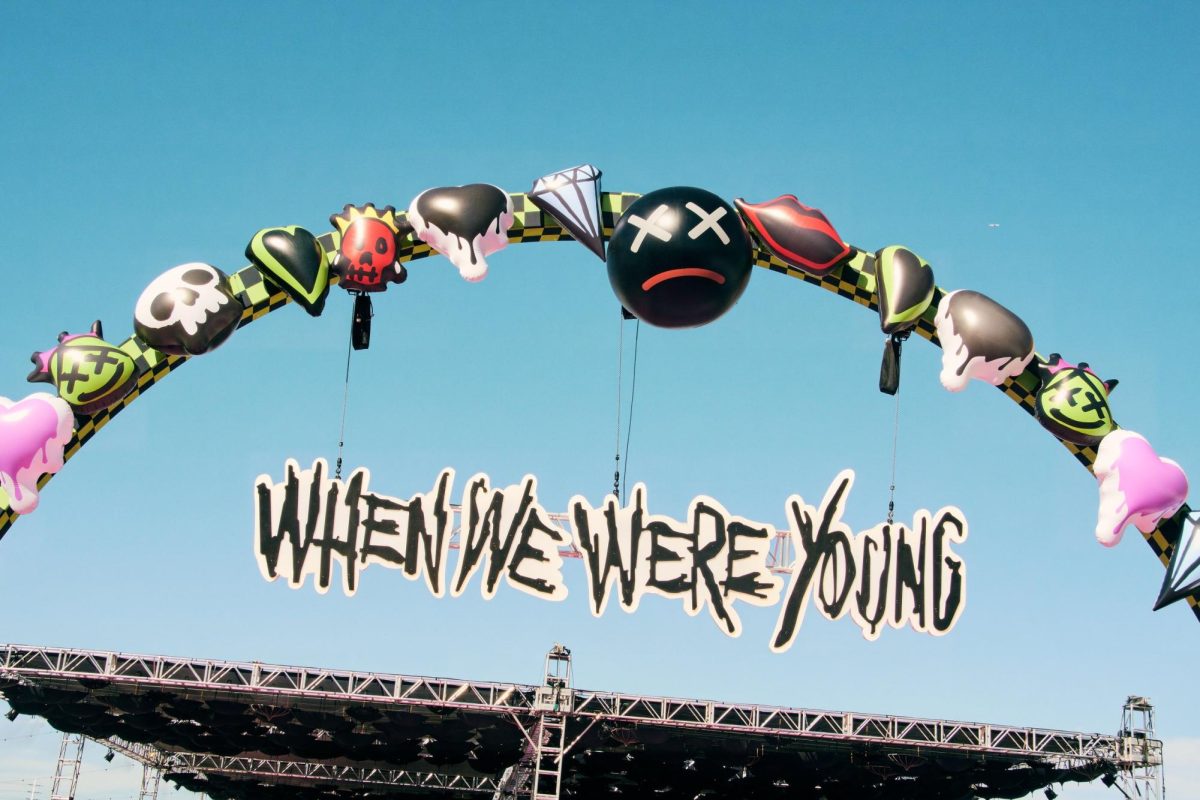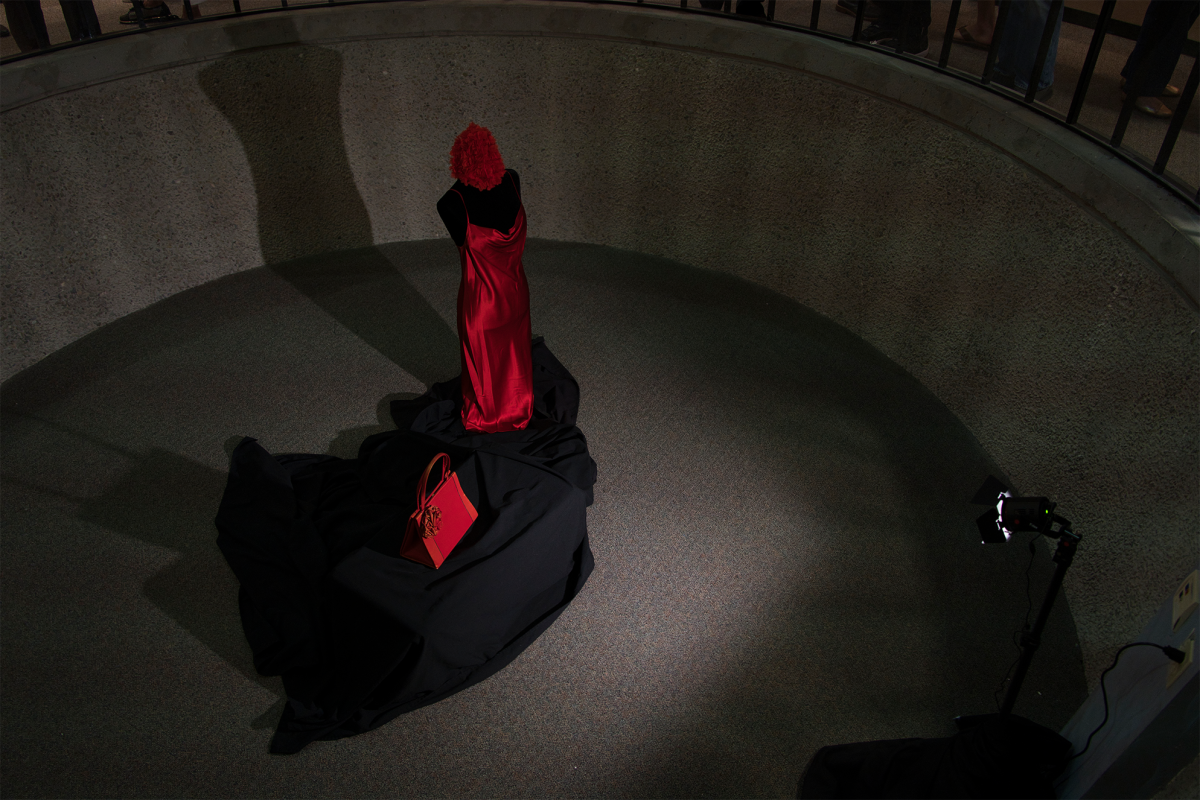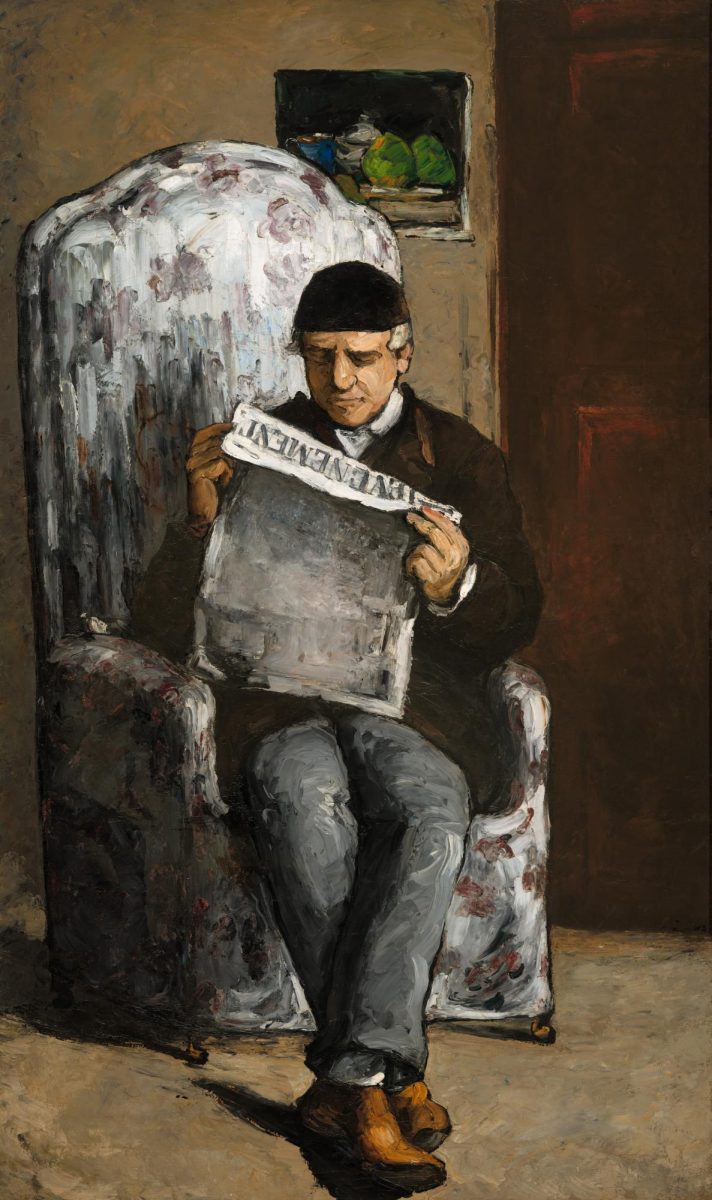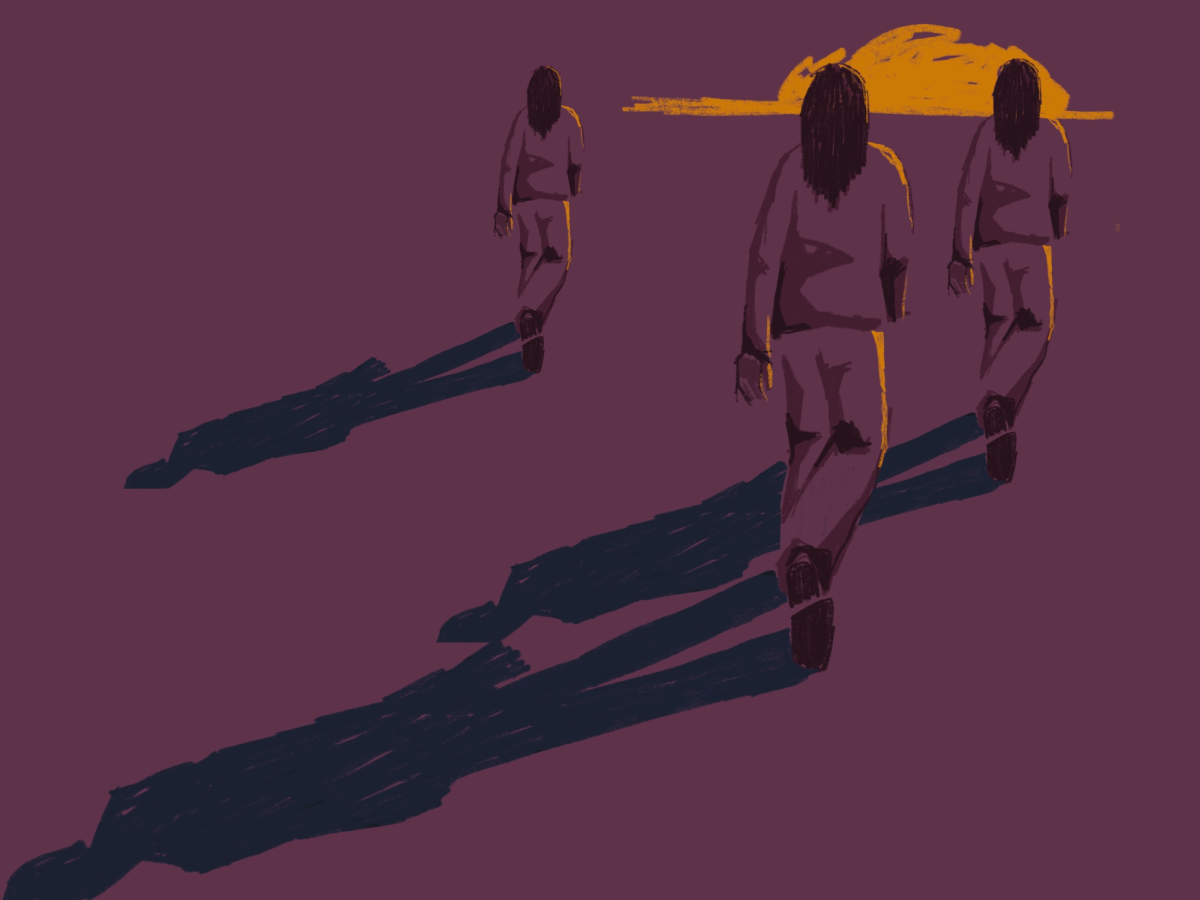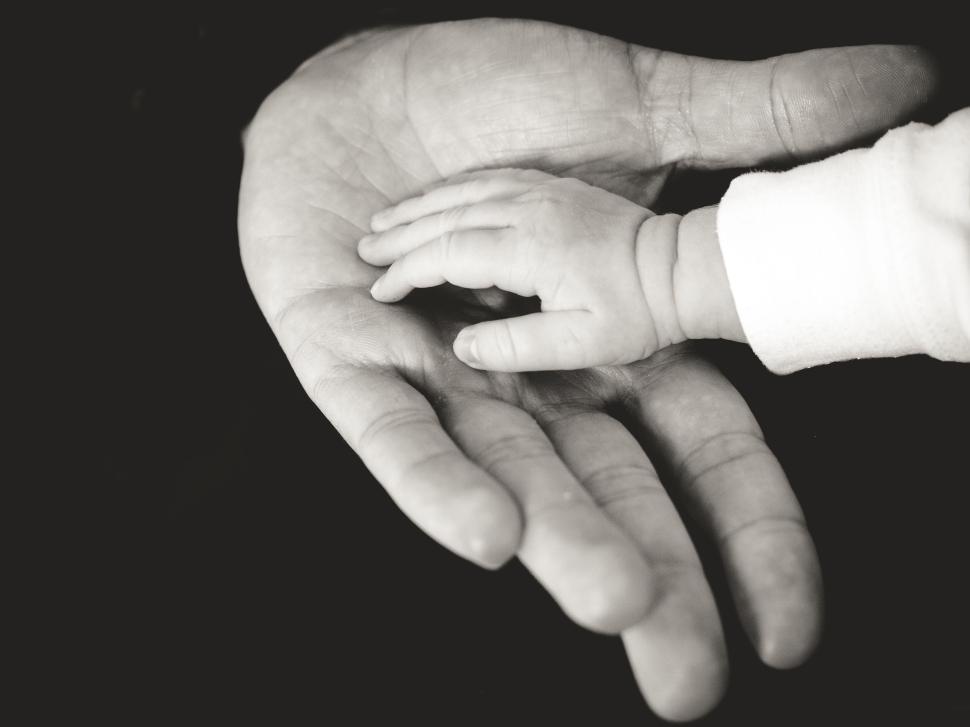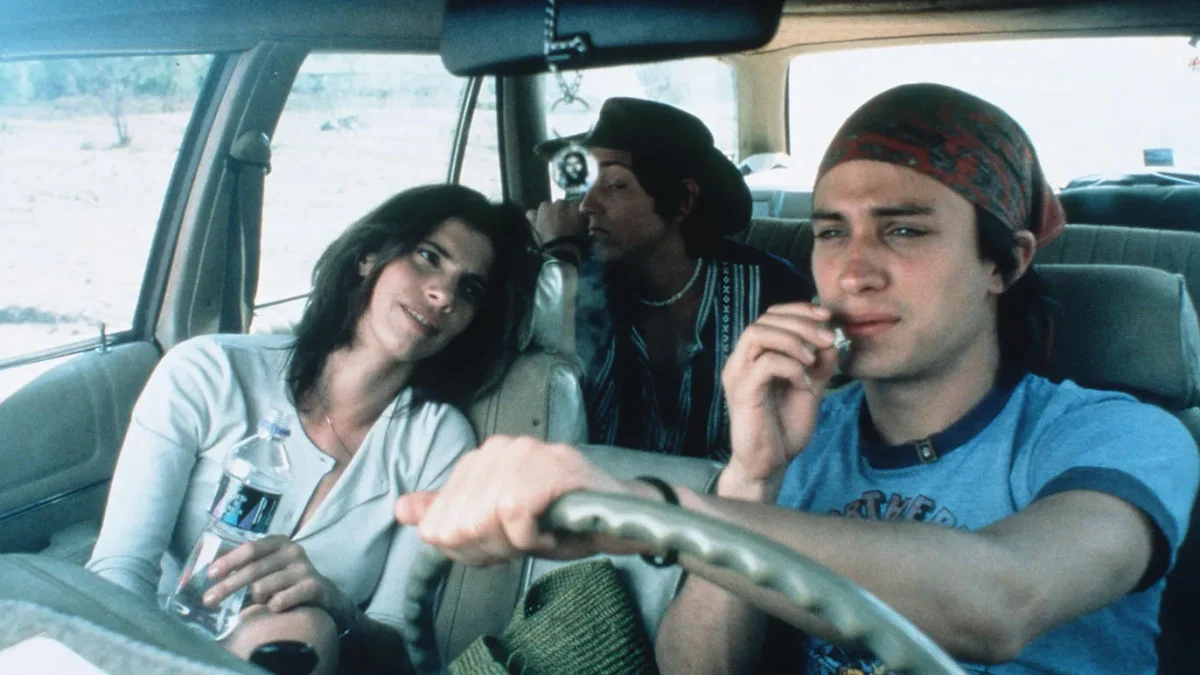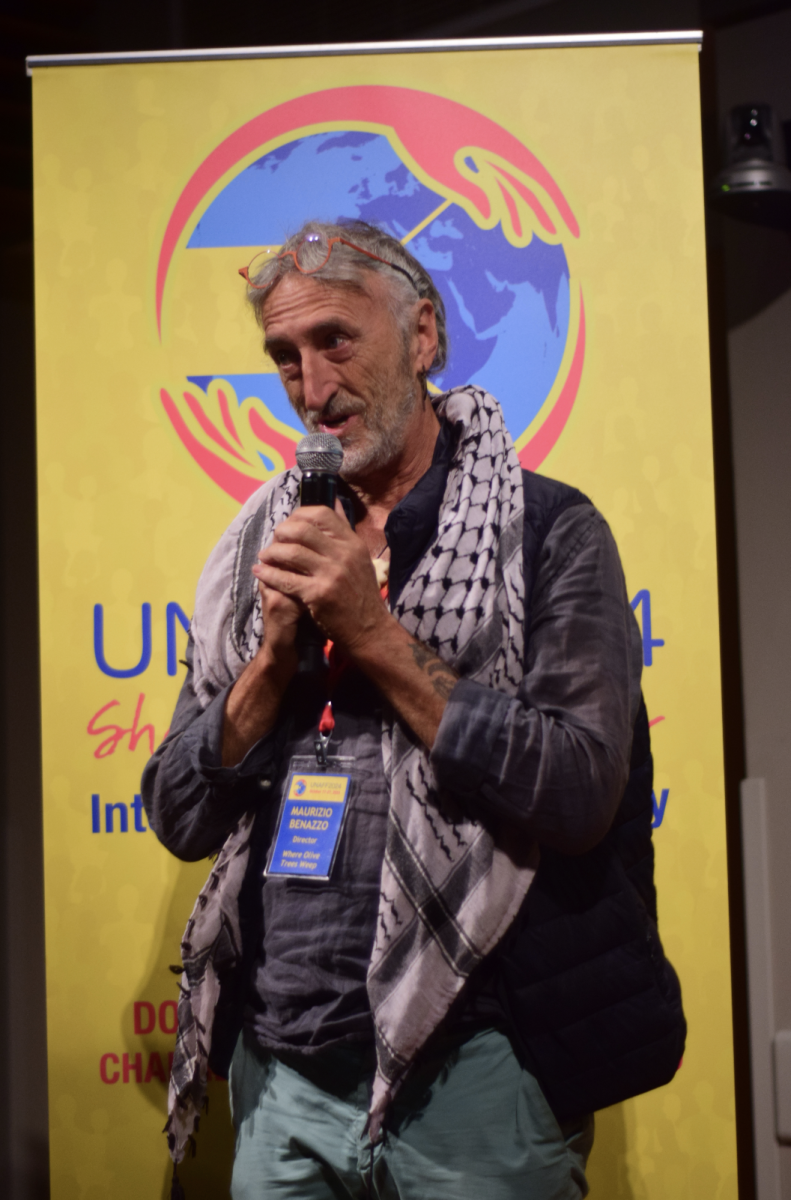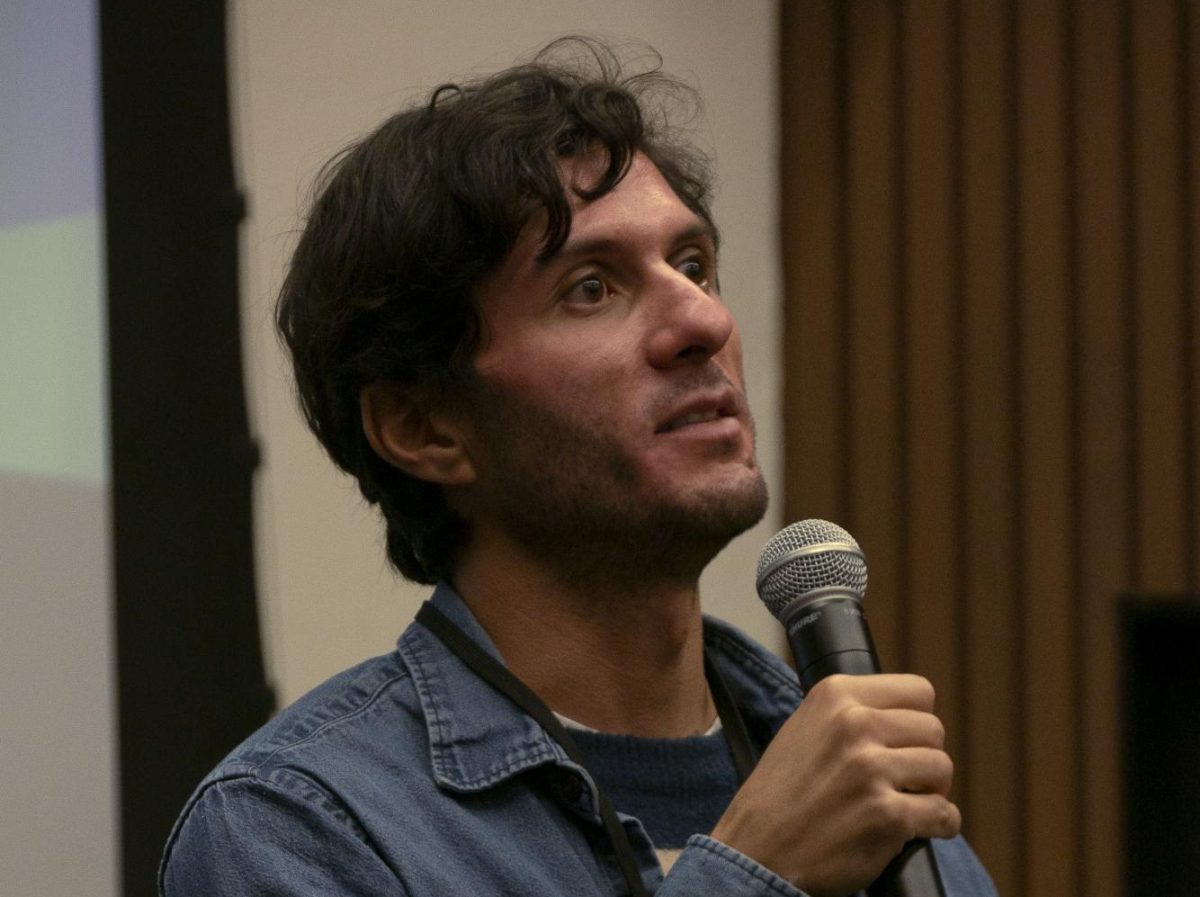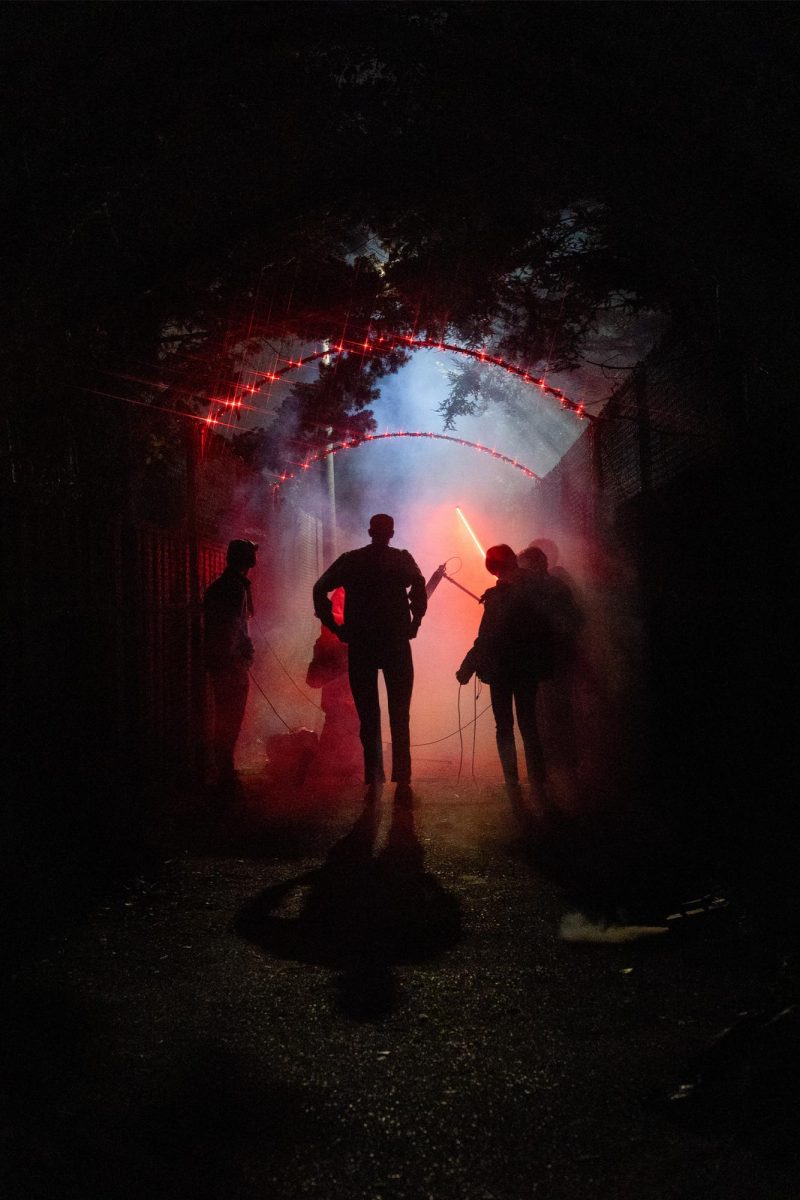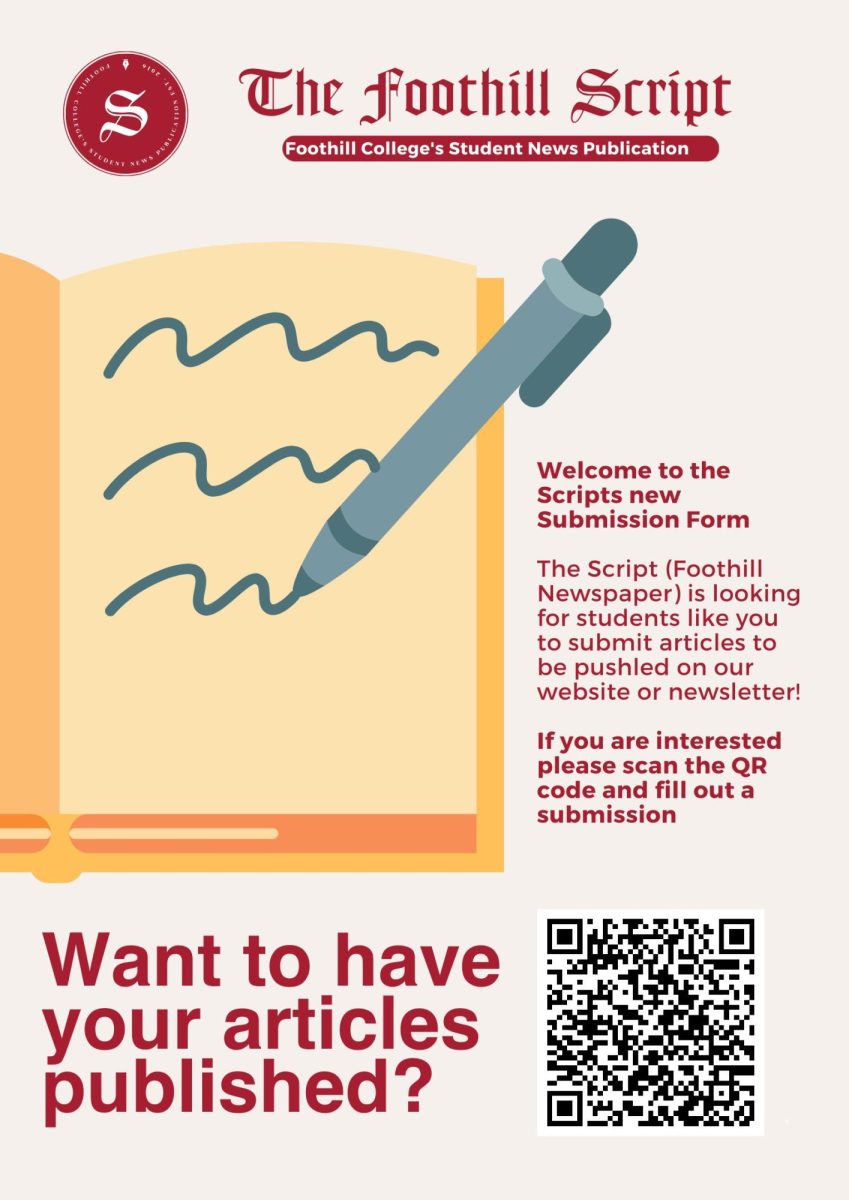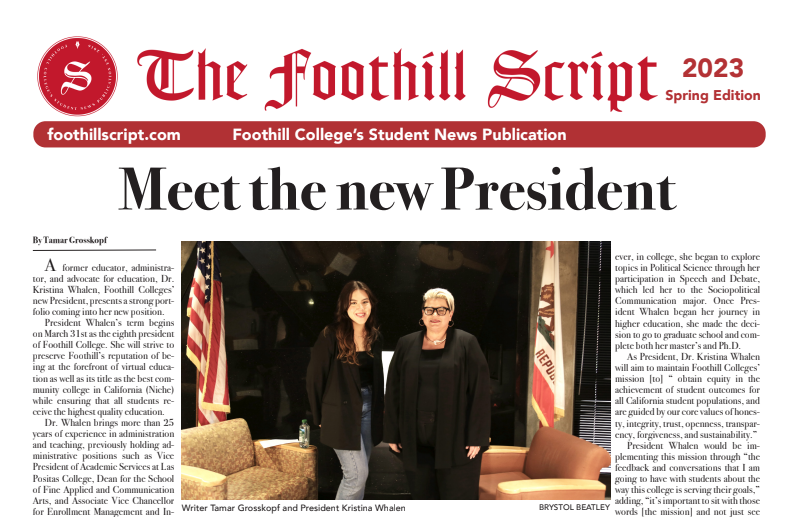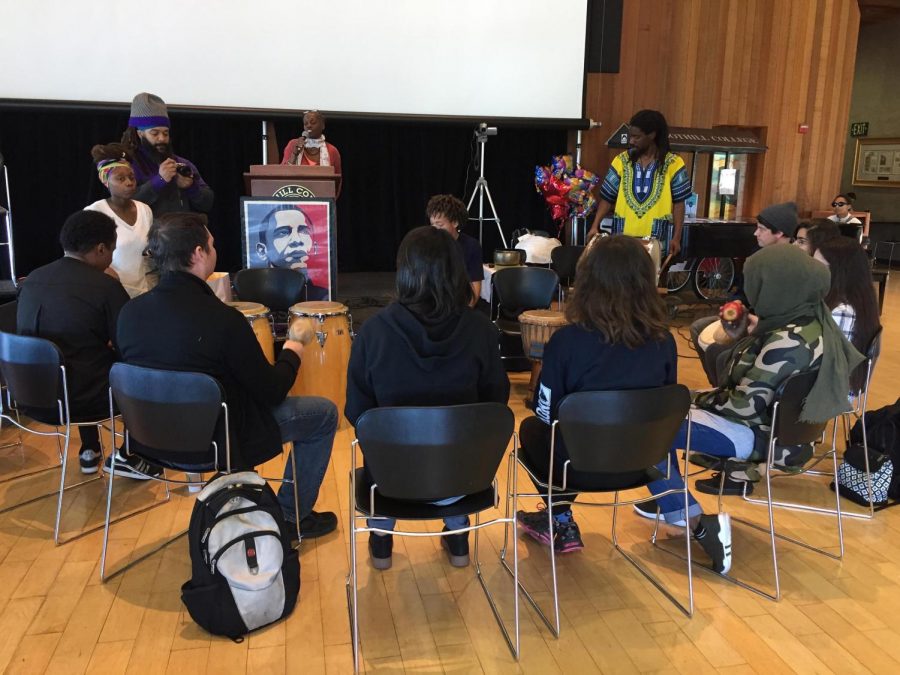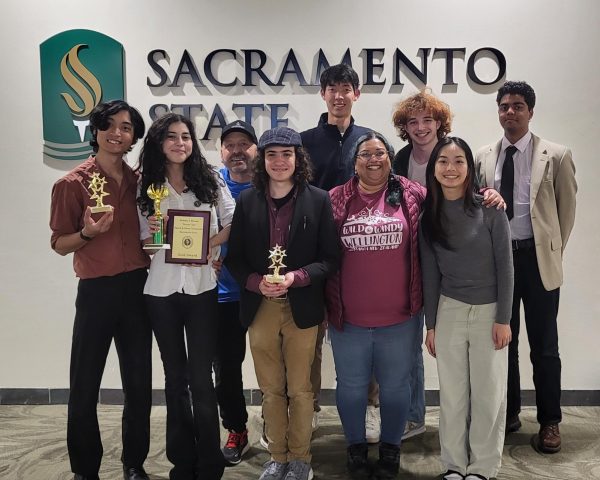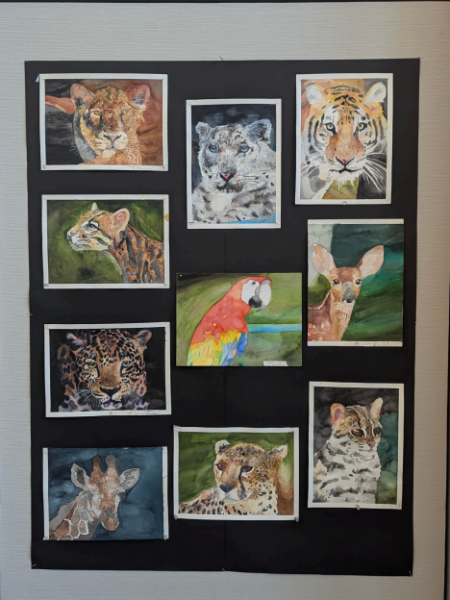A Musical Start to Black History Month
“I do apologize for walking into your home, and not letting you know we were coming,” spoke a dancer to the beat of the drums. She introduced the music to the cafeteria in the form of a poem: peaceful, rhythmic, intertwined with powerful lines that drew in the crowd.
“This land we eat from, this air we breathe,” she went on, the drums slow and soothing. Performers all sat in a circle, switching between instruments and their own hands and feet. Occasionally, a musician struck two tuning forks together, allowed them to reverberate, and lifted them gently over each player’s head as she paced about the group. The atmosphere warmed, and the dining hall quieted.
As soon as the event had caught students’ attention, the performers formally introduced the event as a musical kick off to Black History Month. “This is our community,” began Fountainetta Coleman, one of the organizers of the event. “And everything you think separates us from one another can be dissipated through music.”
In a personal interview, Fountainetta further elaborated on the cultural significance music holds during Black History Month. “Music is the key to life,” she said, “it transcends all identities — music is black history, because black history is world history.” Two other participants echoed her thoughts.
“Black History Month is a celebration of the first civilizations on the planet,” explained Malcolm Halcrombe, one of the event’s drum players. “And music was one of our first languages.”
“I see. So it’s like a connection to our roots?” I asked.
“Yeah, yeah. It’s almost like coming back. Music brings us full circle.”
“Music is everything,” finished Onynndega Coleman, another performer. “Communication, a way of life. You can have a conversation with music.”
Another dancer led the audience through a simple sequence: stomp once, clap twice, stomp twice, clap twice. The circle surrounding him picked up the beat quickly, and so did the spectators in the cafeteria. It was something everyone could do, and it brought students in the cafeteria together — much like Coleman mentioned. Those stomps and claps combined with stunning instrumentals and dancing sparked a lively, warm environment.
The performance concluded with two words: “Ah shay.” According to Coleman, they meant “let it be so, and so it is.” She called on the audience to repeat after her.
“Ah shay,”
“Ah shay.”
Black History Month at Foothill will continue through the month of February, and all planned events can be found here.





